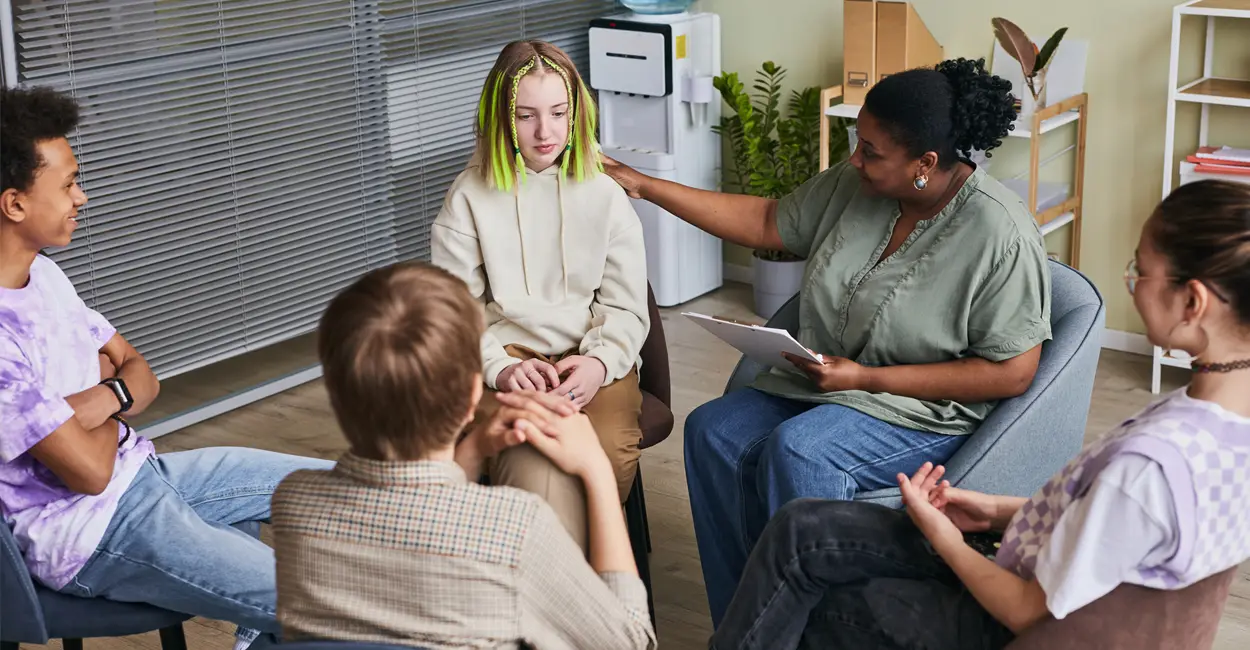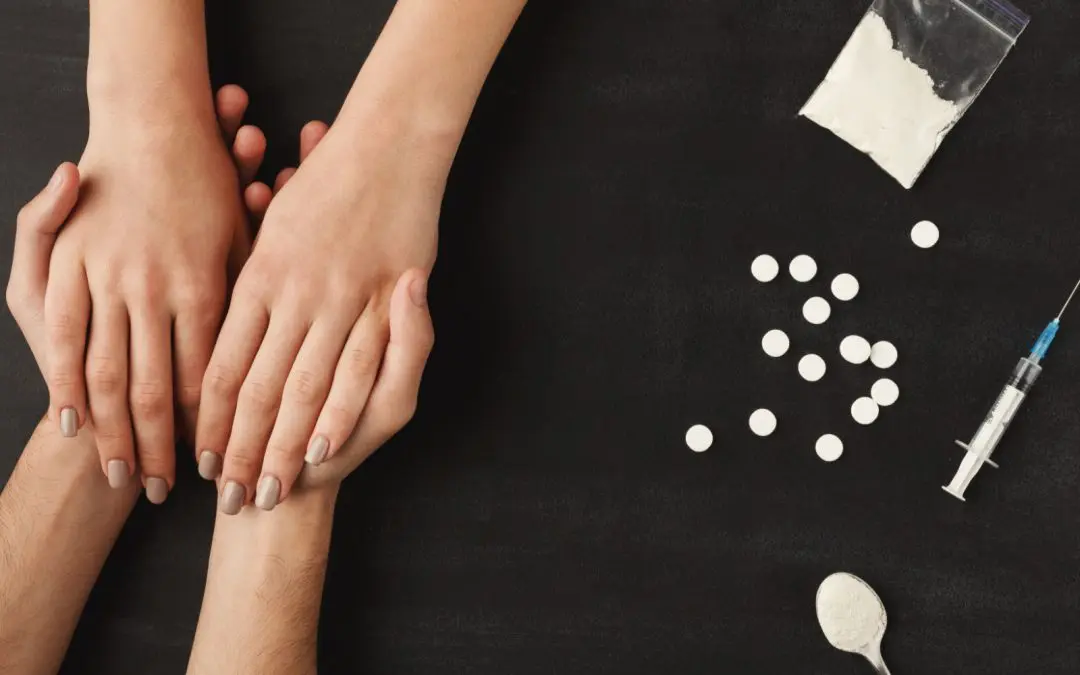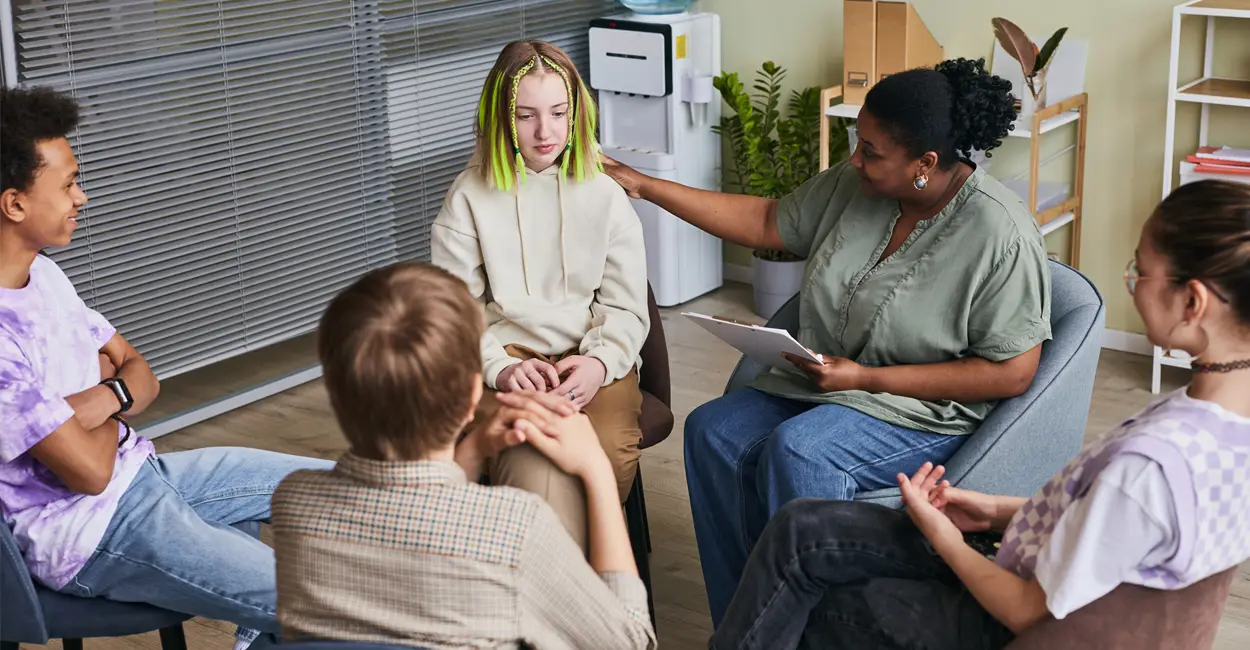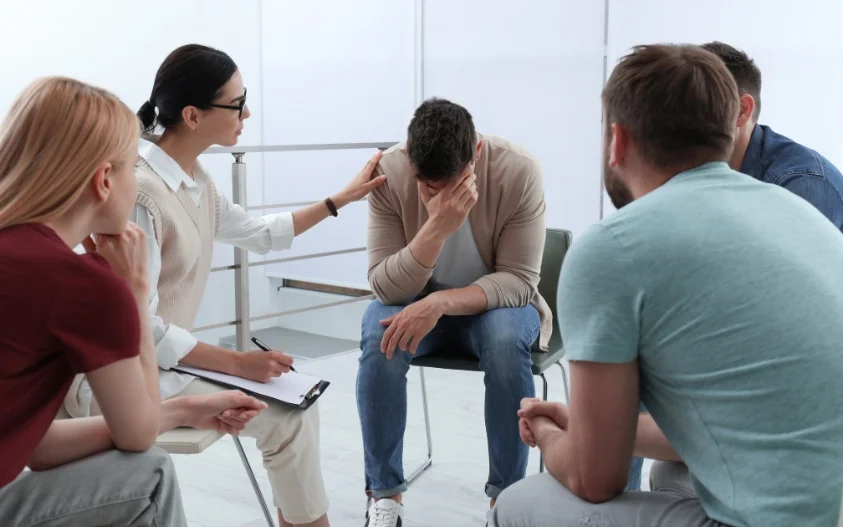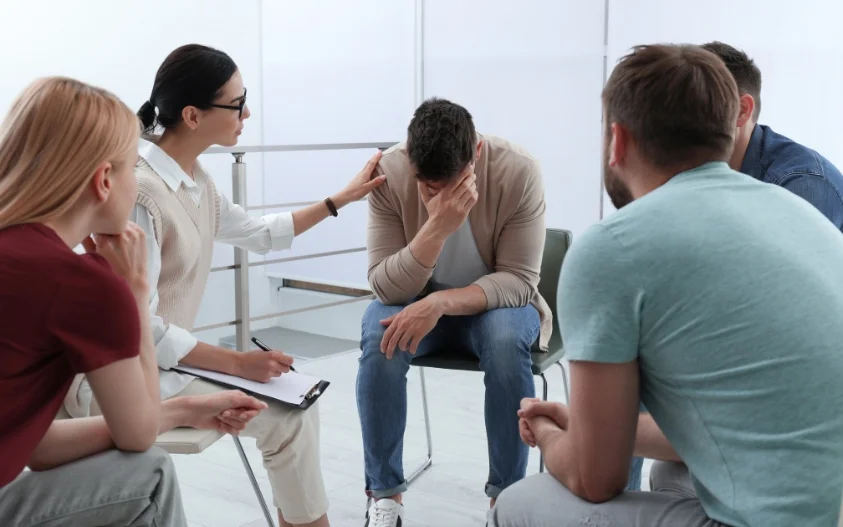24/7 Helpline:
(866) 899-221924/7 Helpline:
(866) 899-2219
Learn more about PTSD Treatment centers in Clay County
PTSD Treatment in Other Counties

Other Insurance Options

Medical Mutual of Ohio

WellPoint

CareFirst

Self-pay options

Cigna

Regence

MVP Healthcare

Carleon

Evernorth

Humana

MHNNet Behavioral Health

ComPsych

Magellan

Access to Recovery (ATR) Voucher

Sliding scale payment assistance

Horizon Healthcare Service

Ceridian

Lucent

Magellan Health

Optum
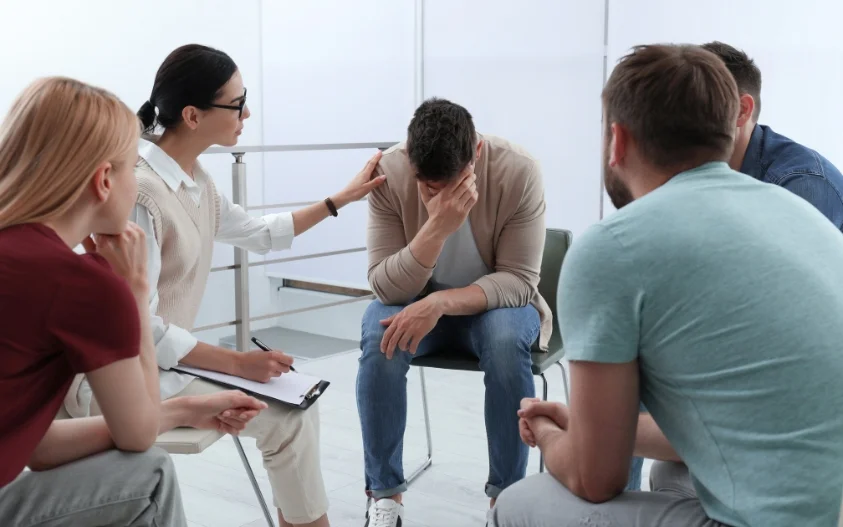



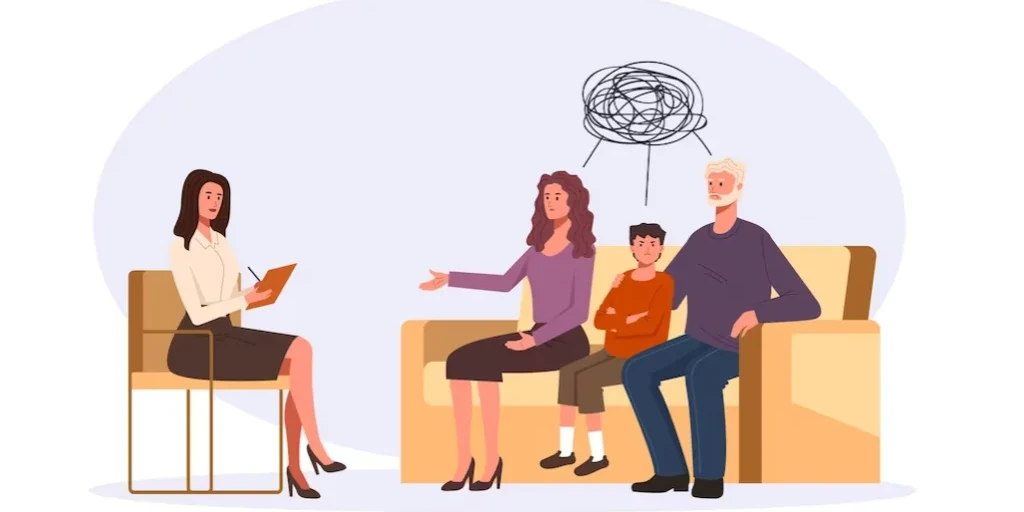




Cumberland Heights Outpatient – Downtown
Cumberland Heights Outpatient – Downtown is a non-profit rehab located in Nashville, Tennessee. Cumb...
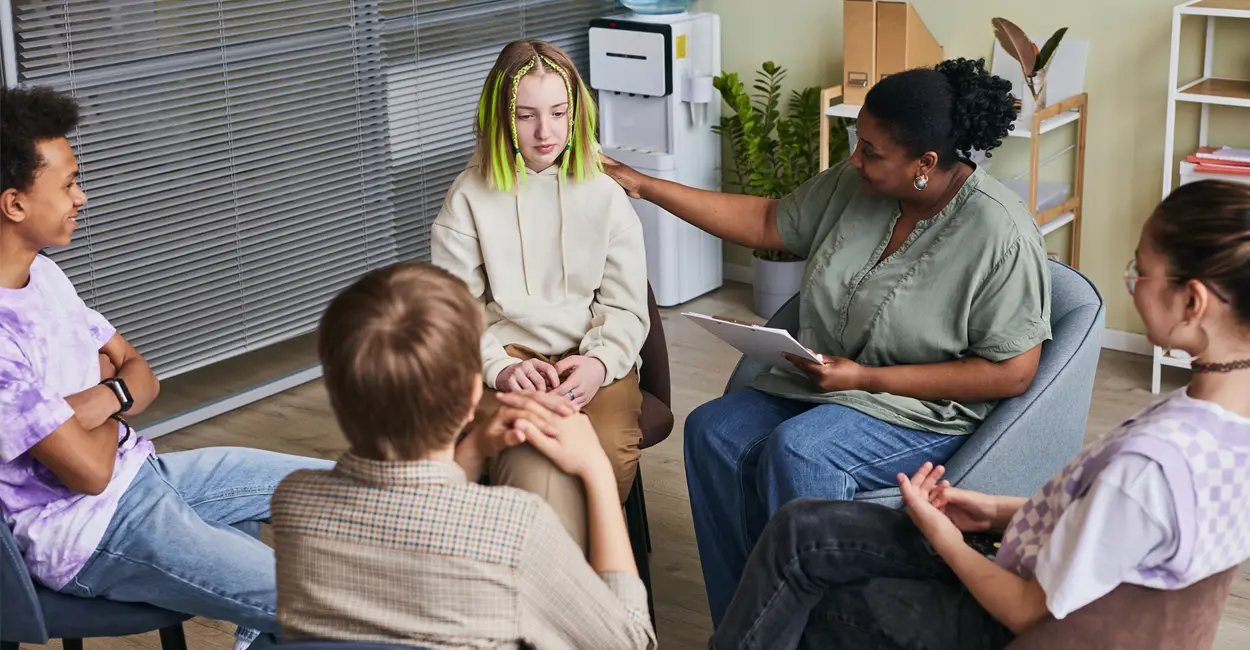
JourneyPure Nashville Alcohol and Drug Rehab Brentwood
JourneyPure Nashville Alcohol and Drug Rehab Brentwood is a private rehab located in Brentwood, Tenn...

Tulip Recovery
At Tulip Hill Recovery, we understand that your struggle is unique. We know that if you struggle wit...

Brentwood Springs Detox
Brentwood Springs Detox is a CARF-accredited rehab center providing drug and alcohol addiction treat...

Frontier Health – Magnolia Ridge and Willow Ridge
Frontier Health is a mental health and substance use disorder treatment center in Johnson City, Tenn...

Cumberland Heights
Cumberland Heights - Crossroads Boulevard is a 12-step based outpatient alcohol & drug rehab program...

Cornerstone of Recovery
Cornerstone of Recovery is a luxury alcohol and drug rehabilitation center in Louisville, Tennessee....
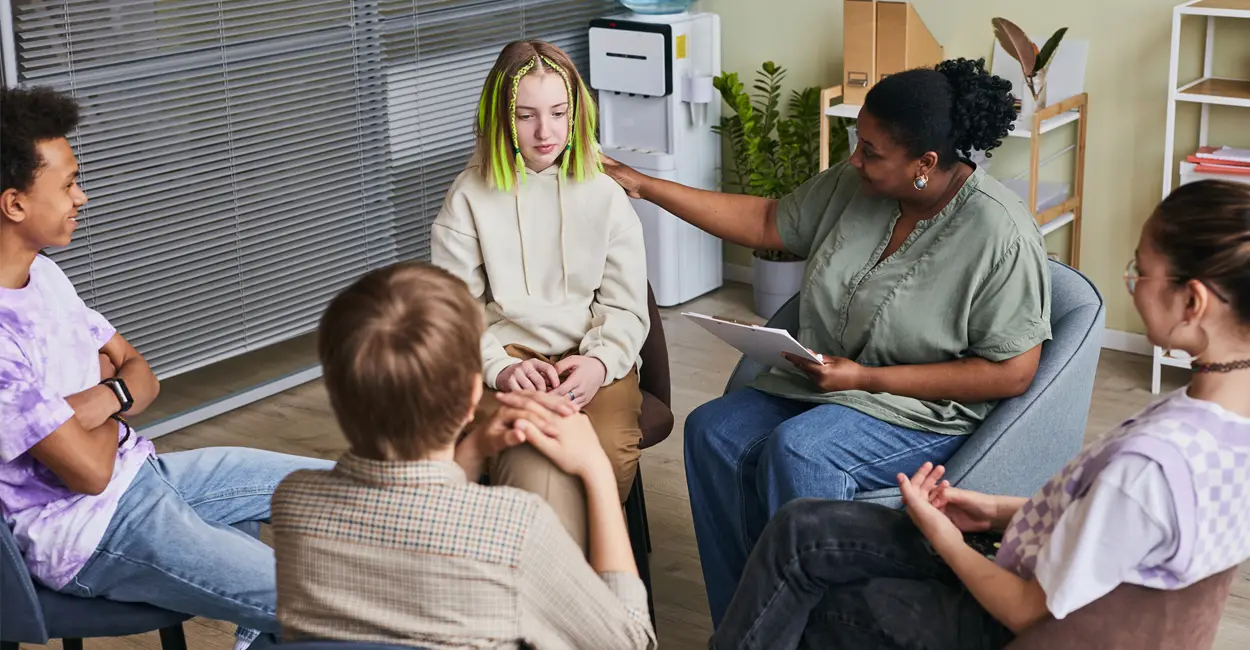
The Next Door
The Next Door, in Nashville, Tennessee, is a faith-based, 12 step-focused drug and alcohol rehab for...

The Ranch – Tennessee
The Ranch–Tennessee is an integrative behavioral and mental health program in Nunnelly, Tennessee. T...

Cumberland Heights
Cumberland Heights, in Crossville, Tennessee, provides comprehensive, 12-step-focused addiction reco...

Mirror Lake Recovery Center
Mirror Lake Recovery Center is an addiction treatment center for adults with substance use disorder,...

JourneyPure Knoxville
Journey Pure is an evidence based treatment center for substance use disorder and co-occurring menta...

Cumberland Heights
Cumberland Heights – Lebanon Pike offers an intensive outpatient program (IOP) for those seeking dru...

Spero Health – Smyrna
Spero Health – Smyrna is a private rehab located in Smyrna, Tennessee. Spero Health – Smyrna special...

Cumberland Heights
Cumberland Heights - East Brainerd Road offers local services in Chattanooga for 12-step based outpa...

Discovery Place
Discovery Place is a drug and alcohol addiction treatment center committed to helping men with subst...

Recovery Unplugged – Nashville
Recovery Unplugged – Nashville is a private rehab located in Brentwood, Tennessee. Recovery Unplugge...

Miracle Lake
Miracle Lake is a residential Christian training center for men struggling with life controlling add...

Volunteer Behavioral Health – Cumberland Mental Health Services
Volunteer Behavioral Health - Cumberland Mental Health Services is located in Hendersonville, Tennes...

Cumberland Heights
Cumberland Heights - is a 12-step based outpatient alcohol & drug rehab program. Cumberland Heights’...

Innovative Counseling and Consulting
Innovative Counseling and Consulting is a drug and alcohol rehab and behavioral health center locate...

Recovery Associates
Recovery Associates, in Johnson City, Tennessee, is an outpatient drug rehab for adults. They offer ...

Cherokee Health Systems
Cherokee Health Systems is a non-profit organization that specializes in providing behavioral care a...

West Tennessee Healthcare – Pathways Behavioral Health
West Tennessee Healthcare – Pathways Behavioral Health is a private rehab located in Jackson, Tennes...

Volunteer Behavioral Health – Cumberland Mental Health Services
Volunteer Behavioral Health - Cumberland Mental Health Services is located in Lebanon, Tennessee. Vo...

Harbor House
Harbor House - Alcohol and Drug Center offers inpatient treatment for men with substance abuse disor...

Synergy Treatment
Synergy Treatment is a drug and alcohol rehab located in Memphis, Tennessee. They provide residentia...

Baptist Rehabilitation – Outpatient
Baptist Rehabilitation – Outpatient is a private rehab located in Memphis, Tennessee. Baptist Rehabi...

Youth Services
Youth Services is a private rehab located in Elizabethton, Tennessee. Youth Services specializes in ...

Midway Rehabilitation Center
Midway Rehabilitation Center, in Knoxville, Tennessee, provides inpatient addiction recovery service...

Halton Psychological Consultants
Halton Psychological Consultants is a private rehab located in Nashville, Tennessee. Halton Psycholo...
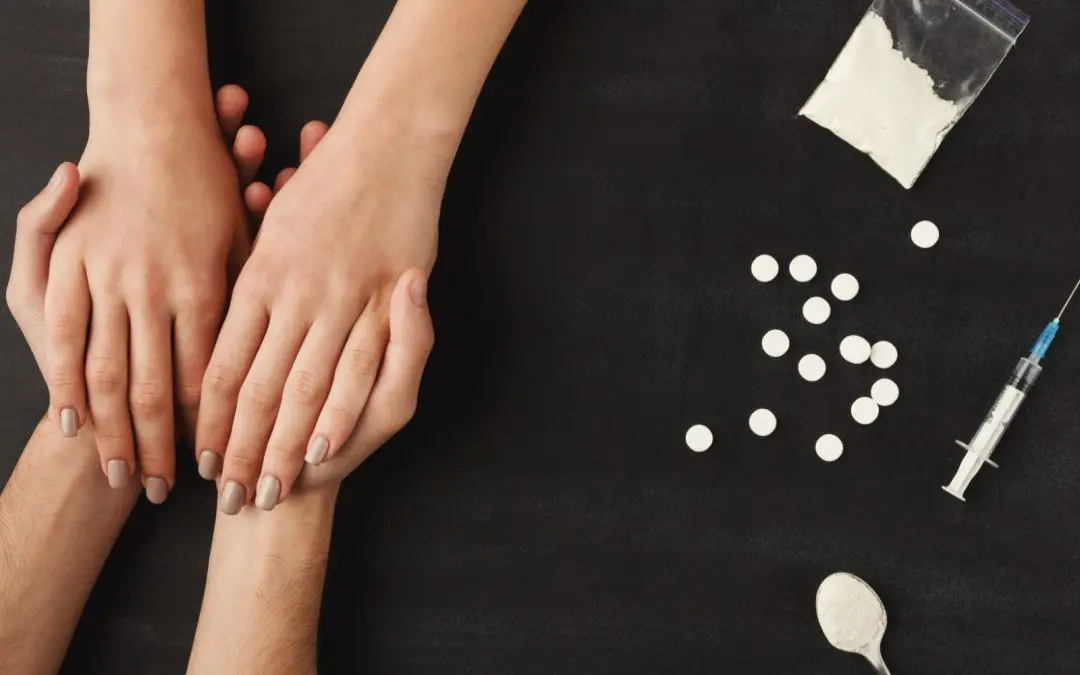
Village Behavioral Health Treatment Center
Village Behavioral Health Treatment Center offers residential treatment for teens with substance abu...

Frontier Health – Nolachuckey Holston Area Mental Health Center
Frontier Health - Nolachuckey Holston Area Mental Health Center is located in Greeneville, Tennessee...

Frontier Health – Charlotte Taylor Center
Frontier Health - Charlotte Taylor Center is located in Elizabethton, Tennessee. Frontier Health - C...

Cumberland Heights – Stonebridge Boulevard
Cumberland Heights – Stonebridge Boulevard is a non-profit rehab located in Jackson, Tennessee. Cumb...

Centerstone – South Gallatin Road
Centerstone – South Gallatin Road is a private rehab located in Madison, Tennessee. Centerstone – So...

Brookhaven Retreat
Brookhaven Retreat (now called Finding Optimism) is a dual diagnosis addiction treatment center in S...

Frontier Health Victory Center
Frontier Health Victory Center is a private rehab located in Kingsport, Tennessee. Frontier Health V...

Volunteer Behavioral Health – Hiwassee Mental Health Center
Volunteer Behavioral Health - Hiwassee Mental Health Center is located in Athens, Tennessee. Volunte...

Helen Ross McNabb Center – Child and Youth Center
The Knox County Children and Youth Center provides comprehensive outpatient care for children and ad...

Daybreak Treatment Center
Located in Germantown, Tennessee, Daybreak Treatment Center is a mental health and alcohol and drug ...

Park 40 Club
Park 40 Club is a non-profit rehab located in Knoxville, Tennessee. Park 40 Club specializes in the ...

Steps House Rehabilitation Services
Steps House Rehabilitation Services is a private rehab located in Knoxville, Tennessee. Steps House ...

Gallatin High School – Youth Alive and Free
Gallatin High School – Youth Alive and Free is a private rehab located in Gallatin, Tennessee. Galla...

Ridgeview Behavioral Health Services
Ridgeview Psychiatric Outpatient Center offers outpatient treatment for individuals with alcohol and...

Helen Ross McNabb Center – Hamblen County
The Helen Ross McNabb Center of Hamblen County is located in Morristown, Tennessee. They provide alc...

Transformation Center and Associates
Transformation Center and Associates is a private rehab located in Memphis, Tennessee. Transformatio...

Memphis Center for Addiction Treatment
Memphis Center for Addiction Treatment is a private rehab located in Memphis, Tennessee. Memphis Cen...

Tony Rice Center for Men
Tony Rice Center is a dual-diagnosis addiction rehab center in Shelbyville, TN that provides a subst...
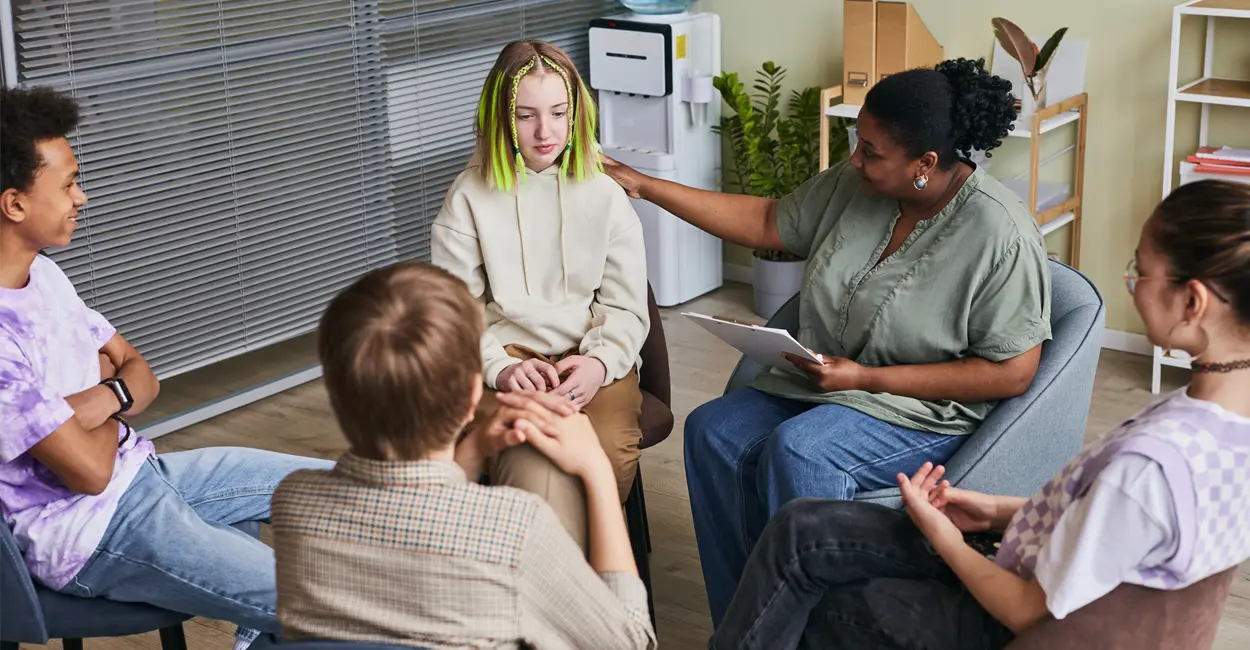
Volunteer Behavioral Health – The Guidance Center
Volunteer Behavioral Health - The Guidance Center is located in Smyrna, Tennessee. Volunteer Behavio...
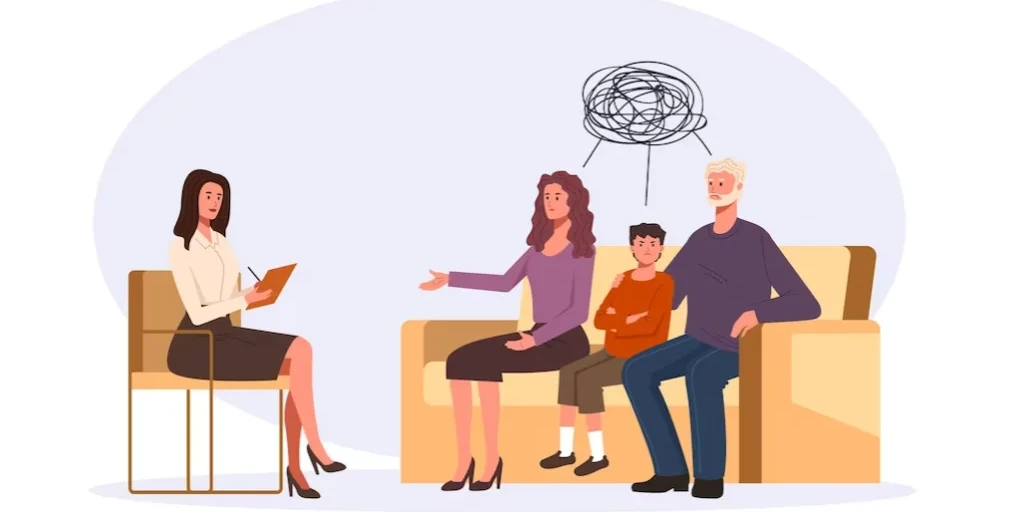
Place of Hope
Place of Hope is a Christ centered alcohol and drug addiction treatment center, in Columbia, Tenness...

Centerstone – Dede Wallace Campus
Centerstone – Dede Wallace Campus is a private rehab located in Nashville, Tennessee. Centerstone – ...

College Street Fellowship House
College Street Fellowship House is an outpatient rehab located in Lebanon , TN. College Street Fello...

Middle Tennessee Mental Health Institute
Middle Tennessee Mental Health Institute is a public rehab located in Nashville, Tennessee. Middle T...

Cherokee Health Systems
Cherokee Health Systems is a non-profit organization that specializes in providing behavioral care a...

Helen Ross McNabb Center – Hamilton County Child and Adolescent
Helen Ross McNabb Center - Hamilton County Child and Adolescent is located in Chattanooga, Tennessee...

Lighthouse Ministries
Lighthouse Ministries is a drug and alcohol rehab located in Memphis, TN. They provide outpatient ad...

Volunteer Behavioral Health – The Guidance Center
Volunteer Behavioral Health - The Guidance Center is located in Franklin, Tennessee. Volunteer Behav...

U Turn For Christ
U-Turn For Christ is a residential facility that offers treatment for individuals with a Substance a...

Pasadena Villa – Smoky Mountain Lodge
Pasadena Villa–Smoky Mountains is an integrative, 12 step focused drug and alcohol rehab for adults ...

Mountain Youth Academy
Mountain Youth Academy is a private rehab located in Mountain City, Tennessee. Mountain Youth Academ...

Frontier Health – Tennessee Community Support Services
Frontier Health - Tennessee Community Support Services is located in Bristol, Tennessee. Frontier He...

Saint Thomas Hospital – Behavioral Health
Saint Thomas Hospital – Behavioral Health is a private rehab located in Nashville, Tennessee. Saint ...

Centerstone
Centerstone is a private rehab located in Lawrenceburg, Tennessee. Centerstone specializes in the tr...

Volunteer Behavioral Health – Mountain Valley Mental Health Center
Volunteer Behavioral Health - Mountain Valley Mental Health Center is located in Jasper, Tennessee. ...

Centerstone – Thornton Taylor Parkway
Centerstone – Thornton Taylor Parkway is a private rehab located in Fayetteville, Tennessee. Centers...

Mercy Behavioral Healthcare
Mercy Behavioral Healthcare is a private rehab located in Franklin, Tennessee. Mercy Behavioral Heal...

Metro Health Substance Abuse Treatment
Metro Health Substance Abuse Treatment is a private rehab located in Nashville, Tennessee. Metro Hea...

Warriors Center
Warriors Center is a faith based drug and alcohol treatment center for men and women in Memphis, TN....

Frontier Health Victory Center
Frontier Health Victory Center is a private rehab located in Johnson City, Tennessee. Frontier Healt...

New Life Foundation
New Life Foundation is a non-profit rehab located in Nashville, TN. New Life Foundation specializes ...

University of Tennessee – Psychological
University of Tennessee – Psychological is a public rehab located in Knoxville, Tennessee. Universit...

Volunteer Behavioral Health – Hiwassee Mental Health Center
Volunteer Behavioral Health - Hiwassee Mental Health Center is located in Madisonville, Tennessee. V...

Frontier Health – Johnson County Counseling Center
Frontier Health - Johnson County Counseling Center is located in Mountain City, Tennessee. Frontier ...

Volunteer Behavioral Health – Hiwassee Mental Health Center
Volunteer Behavioral Health - Hiwassee Mental Health Center is located in Cleveland, Tennessee. Volu...

Oak Plains Academy
Oak Plains Academy is a private rehab located in Ashland City, Tennessee. Oak Plains Academy special...

Bradford Health Services
Bradford Health Services - Shallowford Road provides outpatient and intensive outpatient treatment f...

Peninsula Substance Abuse Services
Peninsula Substance Abuse Services is a private rehab located in Knoxville, Tennessee. Peninsula Sub...

Bradford Health Services
Bradford Health Services - Mcarthur Street provides outpatient and intensive outpatient treatment fo...

Spero Health – Lawrenceburg
Spero Health – Lawrenceburg is a private rehab located in Lawrenceburg, Tennessee. Spero Health – La...

Comprehensive Community Services – Outpatient Treatment
Comprehensive Community Services (CCS) is a co-occurring substance use disorder drug rehab facility ...

Tennessee Community – Counseling Services
Tennessee Community – Counseling Services is a private rehab located in Chattanooga, Tennessee. Tenn...

Behavioral Health Group
Behavioral Health Group is a private rehab located in Dyersburg, Tennessee. Behavioral Health Group ...

Centerstone – Harriet Cohn Center
Found in Clarksville, Tennessee, Centerstone – Harriet Cohn Center is a private addiction treatment ...

Solutions of Savannah
Solutions of Savannah is a private rehab located in Savannah, TN. Solutions of Savannah specializes ...

Frontier Health – Holston Counseling Center
Frontier Health - Holston Counseling Center is located in Kingsport, Tennessee. Frontier Health - Ho...

Centerstone – Lewisburg
Centerstone – Lewisburg is a private rehab located in Lewisburg, Tennessee. Centerstone – Lewisburg ...

FamilyCare Counseling Services
FamilyCare Counseling Services is a private rehab located in Cookeville, Tennessee. FamilyCare Couns...

CCS – Comprehensive Connections – Outpatient
Comprehensive Community Services (CSS) - Outpatient is located in Greeneville, Tennessee. Comprehens...

Centerstone – Hohenwald
Centerstone – Hohenwald is a private rehab located in Hohenwald, Tennessee. Centerstone – Hohenwald ...

TriStar Behavioral Health
TriStar Behavioral Health offers comprehensive behavioral health services and substance abuse treatm...

Hope Center Ministries – Women’s Center
Hope Center Ministries - Women's Center is a Christian-based and 12-step program for those women see...

Hope of East Tennessee
Hope of East Tennessee is a non-profit rehab located in Oak Ridge, Tennessee. Hope of East Tennessee...

Serenity Recovery Centers
Serenity Recovery Centers is a drug and alcohol rehab located in Memphis, Tennessee. They provide re...

Ridgeview Behavioral Health Services
Ridgeview Behavioral Health Services is a non-profit rehab located in Harriman, Tennessee. Ridgeview...

Centerstone
Centerstone is a private rehab located in Waynesboro, Tennessee. Centerstone specializes in the trea...

Heres Hope Counseling Center
Here’s Hope Counseling Center, in Union City, Tennessee, is a 12 step-focused drug and alcohol rehab...

Jack Gean Shelter for Men
Jack Gean Shelter for Men is a non-profit rehab located in Savannah, Tennessee. Jack Gean Shelter fo...

Volunteer Behavioral Health – Rhea Mental Health Center
Volunteer Behavioral Health - Rhea Mental Health Center is located in Dayton, Tennessee. Volunteer B...

Frontier Health – Erwin Mental Health Center
Frontier Health - Erwin Mental Health Center is located in Erwin, Tennessee. Frontier Health - Erwin...

Hope Center Ministries – Portland Women’s Center
Hope Center Ministries is a faith led addiction treatment rehab in Portland, TN. Their mission is to...

JACOA – Jackson Area Council on Alcoholism and Drug Dependency
Jackson Area Council on Alcoholism and Drug Dependency (JACOA) offers outpatient and inpatient treat...

Compass Intervention Center
Compass Intervention Center is a drug and alcohol rehab center located in Memphis, TN. They provide ...

Behavioral Health Group (BHG) – Memphis
Behavioral Health Group (BHG) – Memphis is a private rehab located in Memphis, Tennessee. Behavioral...

Helen Ross McNabb Center – CenterPointe
The McNabb Center is a nonprofit provider of substance use, mental health, and social services in Kn...

Frontier Health – Hawkins County Mental Health Center
Frontier Health - Hawkins County Mental Health Center is located in Rogersville, Tennessee. Frontier...

Ridgeview Outpatient Clinic
Ridgeview Outpatient Clinic is a private rehab located in Oneida, Tennessee. Ridgeview Outpatient Cl...

Hope Center Ministries – White House Men’s Center
Hope Center Ministries - White House Men’s Center, located in Cross Plains, Tennessee, is a Christia...

Centerstone
Centerstone is a private rehab located in Springfield, Tennessee. Centerstone specializes in the tre...

Peninsula Behavioral Health – Outpatient
Peninsula Behavioral Health – Outpatient is a private rehab located in Sevierville, Tennessee. Penin...

Providence Recovery Place – Our Master’s Camp
Providence Recovery Place - Our Master's Camp is a non-profit, faith-based, 90-day residential treat...

JourneyPure – Knoxville Alcohol & Drug Rehab
If you’re looking for help that actually helps you, you’re in the right place. JourneyPure is the be...
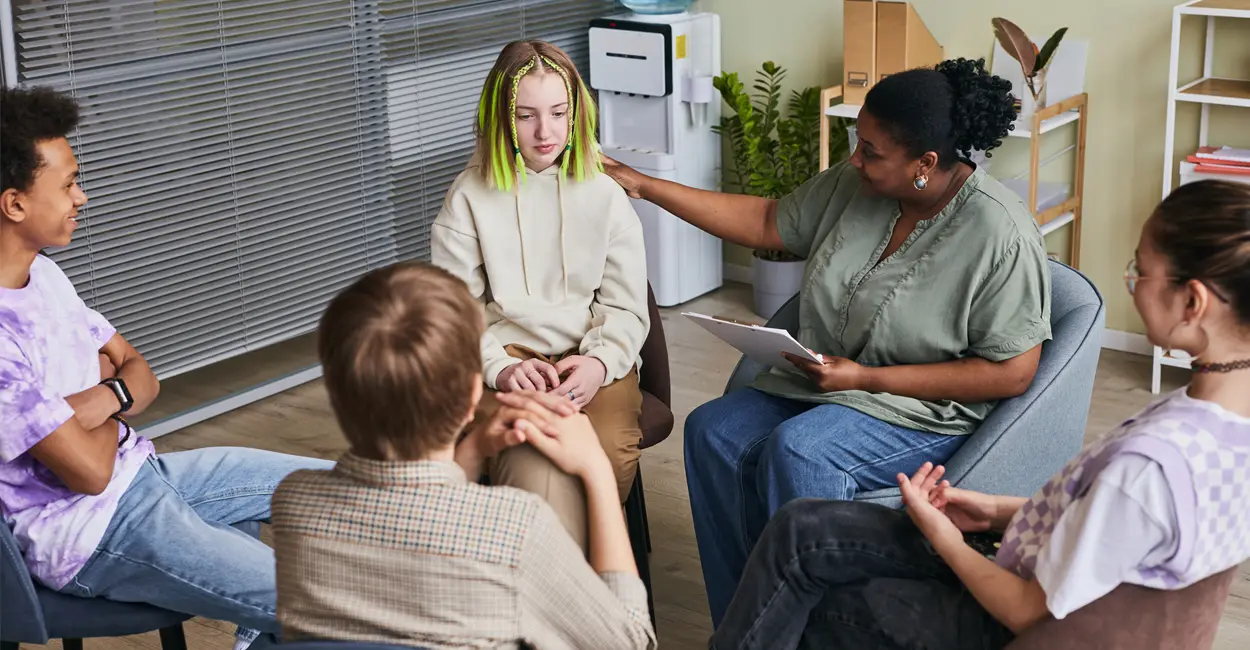
Frontier Health – Bristol Regional Counseling Center
Frontier Health - Bristol Regional Counseling Center is located in Bristol, Tennessee. Frontier Heal...

Frontier Health – Watauga Behavioral Health Services
Frontier Health - Watauga Behavioral Health Services is a nonprofit rehab center offering a substanc...

BHG – Nashville Treatment Center
BHG – Nashville Treatment Center is a private rehab located in Nashville, Tennessee. BHG – Nashville...

Ross Center
Ross Center - Raleigh Court offers outpatient treatment for individuals with alcohol and/or substanc...

Helen Ross McNabb Center – Blount County
Helen Ross McNabb Center is an adult addiction treatment center in Maryville, Tennessee. They provid...
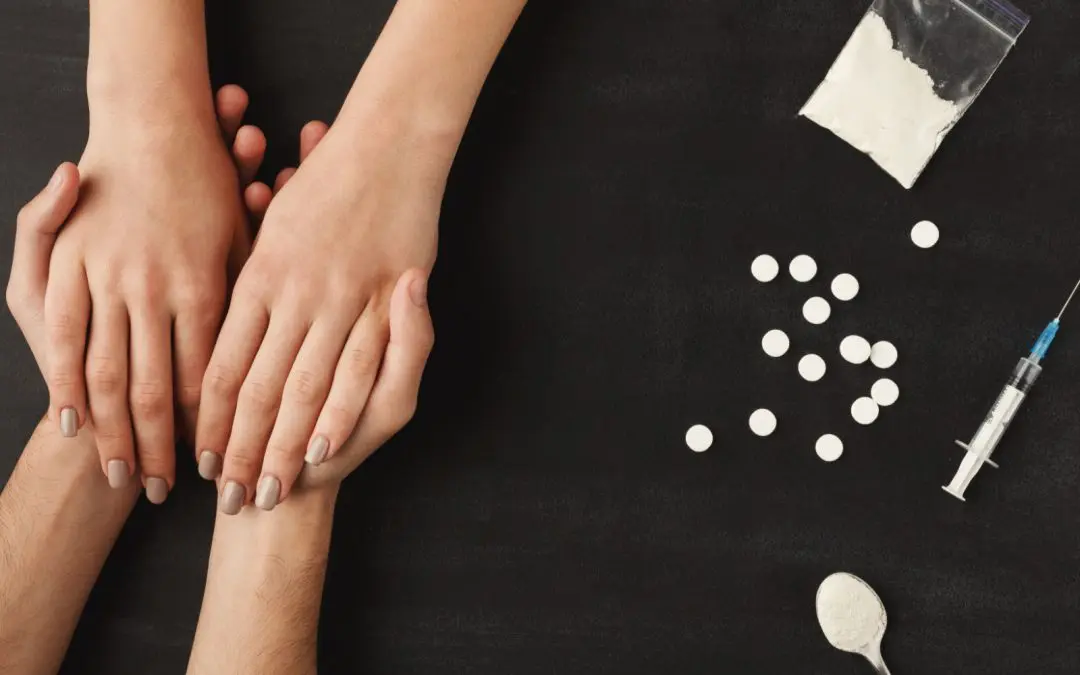
Aspell Recovery Center
The Aspell Recovery Center in Jackson, Tennessee, is an addiction treatment center that focuses on h...

Carey Counseling Center
Carey Counseling Center is a private rehab located in Trenton, Tennessee. Carey Counseling Center sp...

Cumberland Heights
Cumberland Heights is a 12-step based outpatient alcohol & drug rehab program. Cumberland Heights’ I...

Cumberland Heights
Cumberland Heights - South Church Street is a 12-step based outpatient alcohol & drug rehab program....

Hope Center Ministries – Memphis Men’s Center
Hope Center Ministries–Memphis Men’s Center is a faith-based, 12 step focused drug and alcohol rehab...

Bradford Health Services
Bradford Health Services - Cordes Circle provides outpatient and intensive outpatient treatment for ...

Addiction Campuses
At Addiction Campuses, we believe in empowering people to restore a balanced life worth living. Addi...

Focus Treatment Centers
Our Center of Excellence provides compassionate and individualized drug and alcohol treatment, as we...
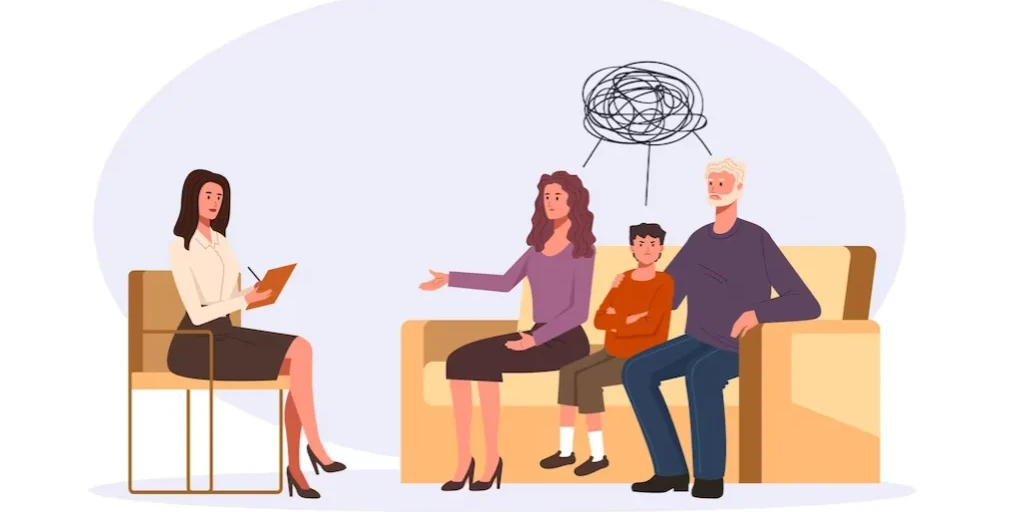
Pathways
Pathways is a private rehab located in Brownsville, Tennessee. Pathways specializes in the treatment...

Personal Growth Counseling
Personal Growth Counseling is a private rehab located in Cookeville, Tennessee. Personal Growth Coun...

Buffalo Valley
Buffalo Valley offers alcohol and drug addiction treatment and mental health support for adults in C...

Recovery Services
Recovery Services is a private rehab located in Lebanon, Tennessee. Recovery Services specializes in...

Park Center East
Park Center East is a non profit rehab located in Nashville, TN. Park Center East specializes in the...

Woodridge Hospital – Outpatient
Woodridge Hospital, located in Johnson City, Tennessee, is a behavioral and mental health hospital t...

Tony Rice Center for Women
Tony Rice Center for Women is a private rehab located in Shelbyville, Tennessee. Tony Rice Center fo...

Samaritan Recovery Community
Samaritan Recovery Community is a nonprofit agency that provides treatment for addiction and dual di...

Health Connect America
Health Connect America is a private rehab located in Gallatin, Tennessee. Health Connect America spe...

Comprehensive Community Services
Comprehensive Community Services is a private rehab located in Johnson City, Tennessee. Comprehensiv...

Hope Center Ministries – Dickson Men’s Center
Hope Center Ministries–Dickson Men’s Center, in Dickson, Tennessee, is a faith based, 12 step focuse...

Behavioral Health Group – Citico Street
Behavioral Health Group – Citico Street is a private rehab located in Knoxville, Tennessee. Behavior...

Foundations Memphis
Foundations Memphis is a group-oriented outpatient program that provides day and evening program and...

JourneyPure – Tennessee Alcohol & Drug Rehab
The JourneyPure Tennessee Alcohol & Drug Rehab is located on the West Fork Stones River in Murfreesb...

Volunteer Behavioral Health – Cumberland Mental Health Services
Volunteer Behavioral Health - Cumberland Mental Health Services is located in Gallatin, Tennessee. V...

Foundations Nashville
Foundations Nashville provides confidential and responsive outpatient services. They use an evidence...
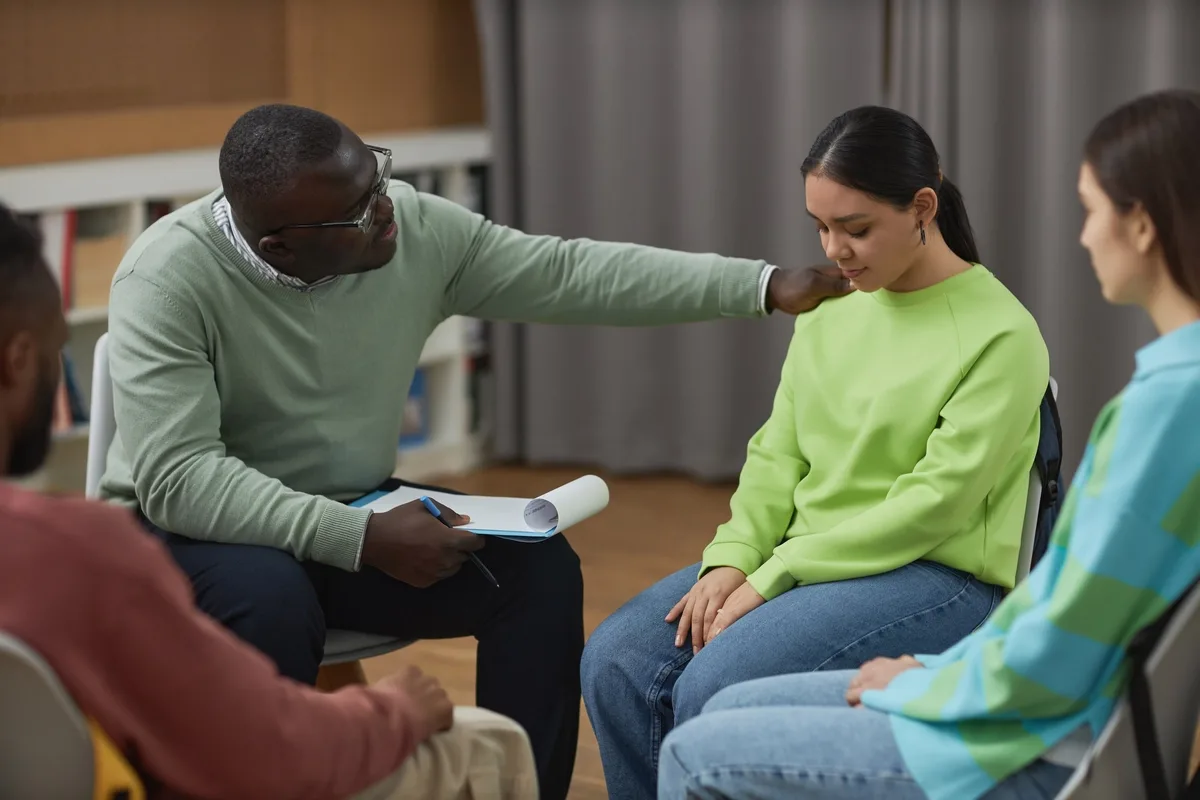
Grace House – Primary House
Grace House - Primary House is located in Memphis, Tennessee. Grace House - Primary House is a treat...

Pyramid Recovery Center
Pyramid Recovery Center is a private rehab located in Memphis, Tennessee. Pyramid Recovery Center sp...

Pathways
Pathways is a private rehab located in Tiptonville, Tennessee. Pathways specializes in the treatment...

STARS Nashville TX – Recovery
STARS Nashville TX – Recovery is a private rehab located in Nashville, Tennessee. STARS Nashville TX...

Quinco Mental Health – Madison County Center
Quinco Mental Health - Madison County Center provides mental health and substance abuse treatment in...
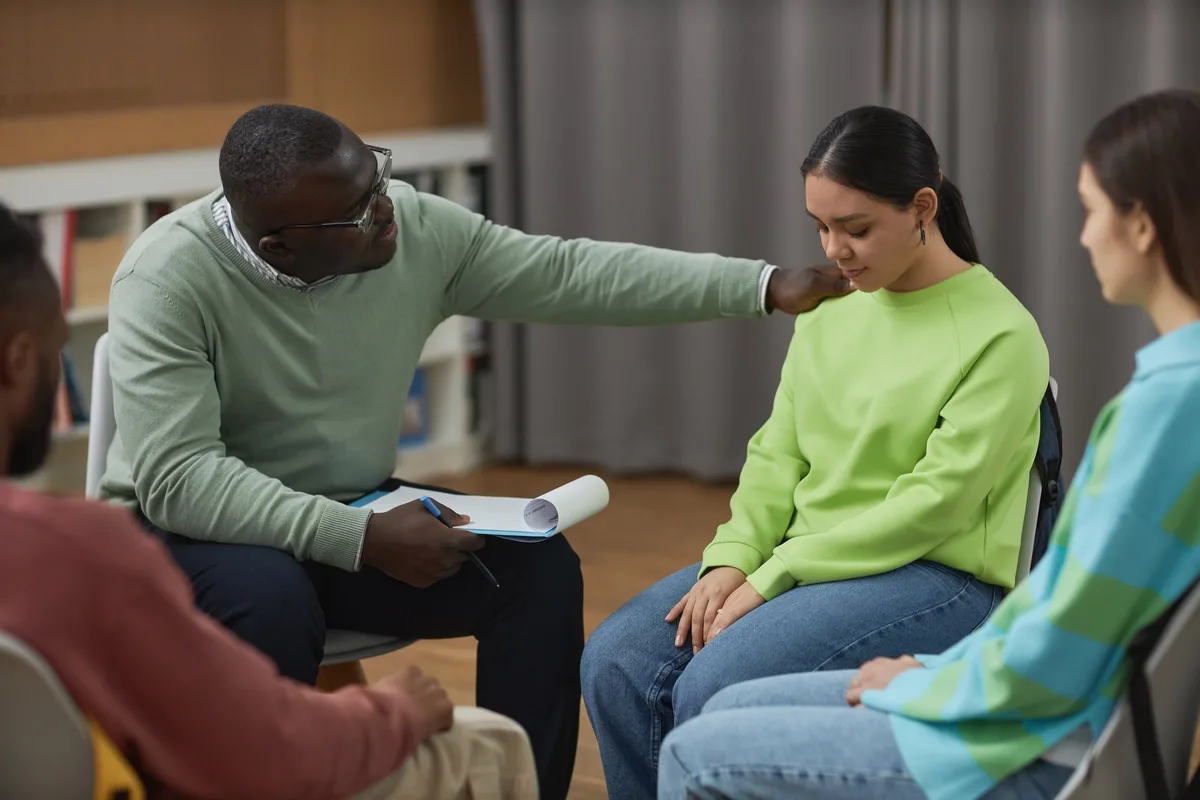
Centerstone
Centerstone is a nonprofit behavioral health and substance abuse treatment center in Shelbyville, Te...

Generations Mental Health Center
Generations Mental Health Center is a private rehab located in Cookeville, Tennessee. Generations Me...

Last Stop Club
Last Stop Club is a non-profit rehab located in Nashville, Tennessee. Last Stop Club specializes in ...

Centerstone
Centerstone is a private rehab located in Gallatin, Tennessee. Centerstone specializes in the treatm...

Peninsula Outpatient Center
Peninsula Outpatient Center is a private rehab located in Knoxville, Tennessee. Peninsula Outpatient...

Spring to Life – S2L
Spring 2 Life (S2L) is a faith based addiction recovery center for adult men in Woodbury, Tennessee....

Stanley Heights Baptist Church – Reformers Unanimous
Stanley Heights Baptist Church - Reformers Unanimous is a non-profit support group located in Chatta...

Council for Alcohol & Drug Abuse Services
Council for Alcohol & Drug Abuse Services is a non-profit rehab located in Chattanooga, Tennessee. C...

Ross Center
Ross Center - Indian Lake Road offers outpatient treatment for individuals with alcohol and/or subst...

Hope Center Ministries – Men’s Center
Hope Center Ministries - Men's Center is a Christian-based and 12-step program for those men seeking...

Behavioral Health Group – Bernard Avenue
Behavioral Health Group – Bernard Avenue is a private rehab located in Knoxville, Tennessee. Behavio...

Mental Health Resources
Mental Health Resources is a private rehab located in Memphis, Tennessee. Mental Health Resources sp...

Memphis Recovery Centers
Memphis Recovery Centers is a drug and alcohol rehab located in Memphis, Tennessee. They provide out...
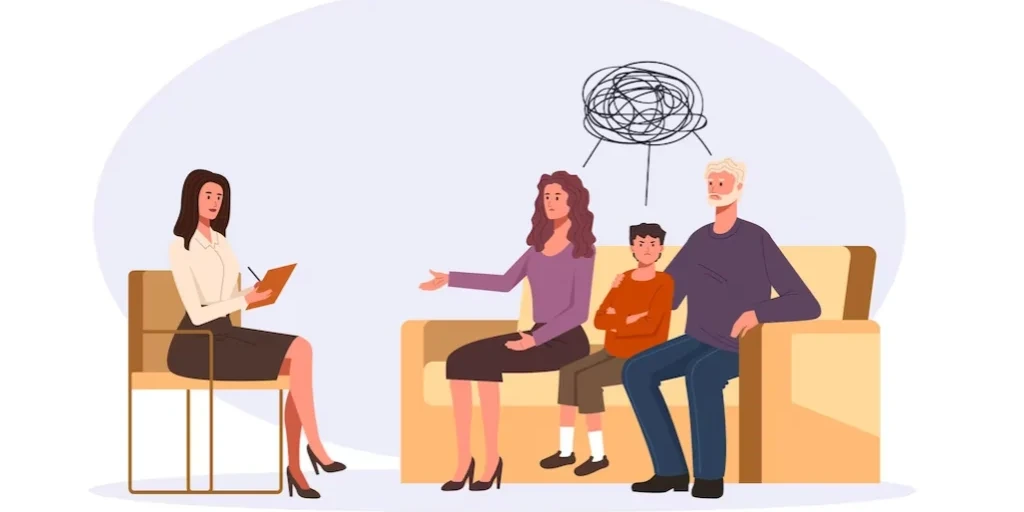
Crestwyn Behavioral Health Hospital
Crestwyn Behavioral Health Hospital, in Memphis, Tennessee, is a 12 step focused drug and alcohol re...

Quinco Mental Health – Chester County Center
Quinco Mental Health - Chester County Center provides mental health and substance abuse treatment in...

PAX Memphis
PAX Memphis is a drug and alcohol rehab located in Memphis, Tennessee. They provide intensive outpat...

Foundations Recovery Network
Foundations San Diego is a distinctive outpatient center located in the hub of the Hillcrest metropo...

JourneyPure – Center for Professional Excellence
JourneyPure - Center for Professional Excellence has a program specifically designed for professiona...

Tennessee Valley Healthcare System – Charlotte Avenue VA Outpatient Clinic
In Murfreesboro, Tennessee, the Tennessee Valley Healthcare System - Alvin C. York Campus offers a f...

Centerstone
Centerstone is a private rehab located in Tullahoma, Tennessee. Centerstone specializes in the treat...

First Step Recovery Centers
First Step Recovery Centers is a drug and alcohol rehab located in Memphis, Tennessee. They provide ...

AppleGate Recovery
AppleGate Recovery, situated in Nashville, Tennessee, specializes in providing effective outpatient ...

Task Center
Task Center is a private rehab located in Lebanon, Tennessee. Task Center specializes in the treatme...
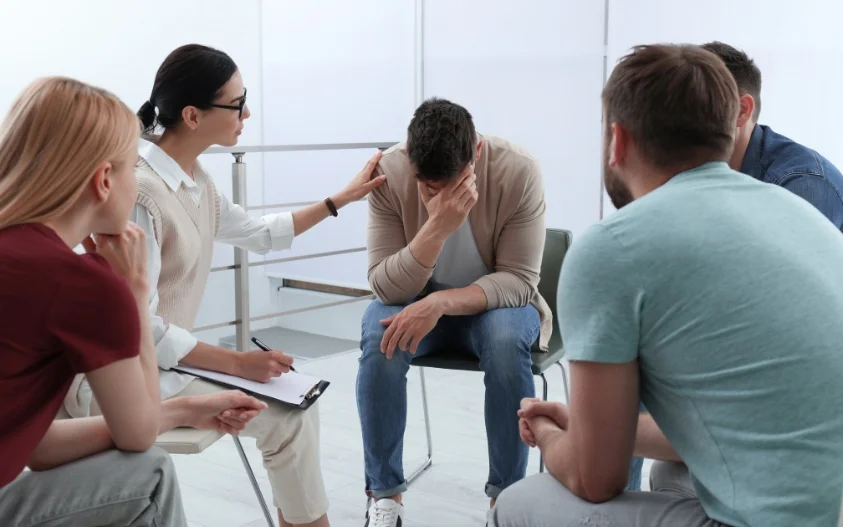
Mercy Multiplied
Mercy Multiplied is a non-profit Christian organization dedicated to helping young women break free ...
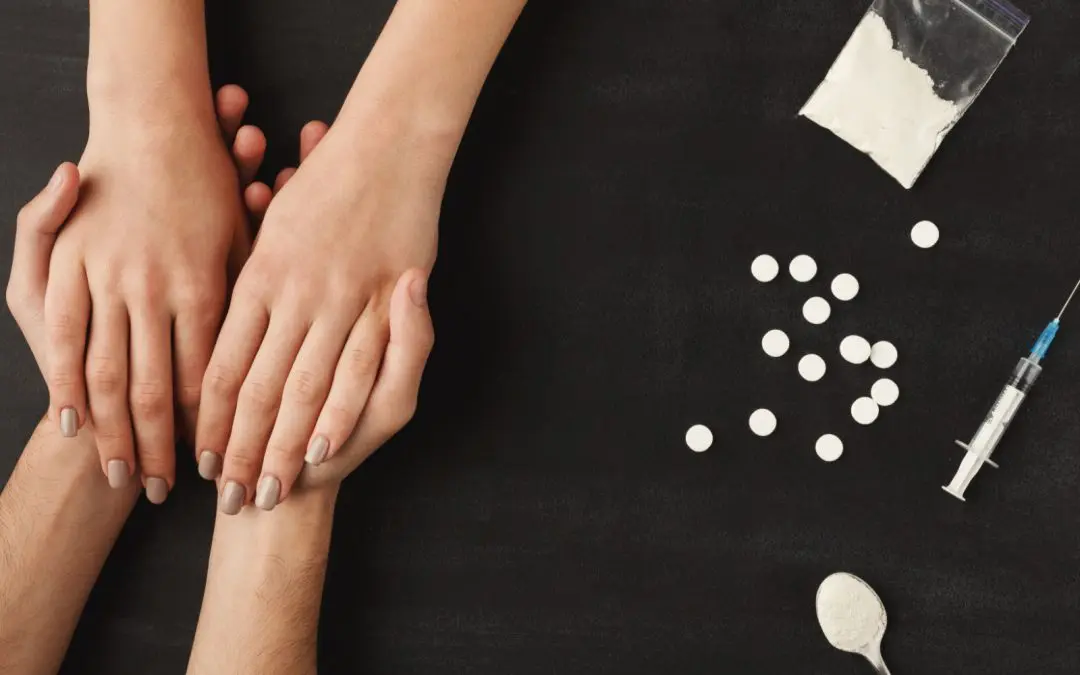
Nashville Rescue Mission – Life Recovery Program
Nashville Rescue Mission–Life Recovery Program is a faith-based, residential drug and alcohol rehab ...

Hope Center Ministries – Paris Women’s Center
Hope Center Ministries - Women's Center is a rehab facility, specializes in the treatment of alcohol...

House of Miracles
House of Miracles is a recovery living house for women. Their goal is to help women with substance a...

Bradford Health Services Drug and Alcohol Rehab
Bradford Health Services Drug and Alcohol Rehab is a private rehab located in Germantown, Tennessee....

Nashville Recovery Center
Nashville Recovery Center (NRC)is a comprehensive dual-diagnosis addiction rehab center located in t...

S2L Recovery
S2L Recovery is a Christian-based addiction recovery residential care facility for men located in Wo...

MidSouth Sober Living
MidSouth Sober Living is a non-profit rehab located in Memphis, TN. MidSouth Sober Living specialize...

Centerstone
Centerstone is a private rehab located in Pulaski, Tennessee. Centerstone specializes in the treatme...

CADAS – Scholze Center for Adolescents
CADAS – Scholze Center for Adolescents is an alcohol and drug rehab in Chattanooga, TN. At the Schol...

Parkridge Valley – Courage Way
Parkridge Valley - Courage Way is a dual diagnosis mental health and substance use disorder treatmen...

Spero Health – Madison
Spero Health – Madison is a private rehab located in Nashville, Tennessee. Spero Health – Madison sp...

Shelby Oaks Recovery Clinic
Shelby Oaks Recovery Clinic is a private rehab located in Memphis, Tennessee. Shelby Oaks Recovery C...

The Salvation Army – Purdue Center of Hope
The Salvation Army - Purdue Center of Hope is located in Memphis, Tennessee. The Salvation Army - Pu...

Volunteer Behavioral Health – Valley Ridge Mental Health Center
Volunteer Behavioral Health - Valley Ridge Mental Health Center is located in Lafayette, Tennessee. ...

SperoHealth
SperoHealth is a private rehab located in Clarksville, Tennessee. SperoHealth specializes in the tre...

Harmony Oaks Recovery Center
Located in Chattanooga, Tennessee, Harmony Oaks Recovery Center provides outpatient mental and behav...

Spero Health – Cookeville
Spero Health – Cookeville is a private rehab located in Cookeville, Tennessee. Spero Health – Cookev...

Embark at The Forge
Embark at The Forge is a private rehab located in Benton, Tennessee. Embark at The Forge specializes...

Aspell Recovery – Hardin County
Located in Savannah, Tennessee, Aspell Recovery- Harding County provides alcohol and drug rehab serv...

The HART Center
The HART Center is a private rehab located in Memphis, Tennessee. The HART Center specializes in the...

Tennessee Prison – Outreach Ministry
Tennessee Prison - Outreach Ministry is a non-profit rehab located in Nashville, TN. Tennessee Priso...

JourneyPure Nashville
If you’re looking for help that actually helps you, you’re in the right place. JourneyPure is the be...

Kingsport Family Recovery Associates
Kingsport Family Recovery Associates is a private rehab located in Kingsport, Tennessee. Kingsport F...

Spero Health – Dickson
Spero Health – Dickson is a private rehab located in Dickson, Tennessee. Spero Health – Dickson spec...

The Salvation Army – Adult Rehabilitation Center – ARC
The Salvation Army- Adult Rehab, located in Memphis, Tennessee, is a faith based residential work th...

Teen Challenge Women’s Ministries
Teen Challenge Women's Ministries is a faith-based, 13-month residential center offered free of mont...

JourneyPure Franklin
If you’re looking for help that actually helps you, you’re in the right place. JourneyPure is the be...

Spero Health – Seymour
Spero Health – Seymour is a private rehab located in Seymour, Tennessee. Spero Health – Seymour spec...

Spero Health – Memphis
Spero Health – Memphis is a drug and alcohol rehab located in Memphis, Tennessee. They provide addic...

Frontier Health – Sullivan House
Frontier Health - Sullivan House is located in Blountville, Tennessee. Frontier Health - Sullivan Ho...

Hope Center Ministries – Waverly Men’s Center
Hope Center Ministries - Men's Center is a Christian-based and 12-step program for those men seeking...

Here’s Hope Counseling Center
Here’s Hope Counseling Center is a private rehab located in Dyersburg, Tennessee. Here’s Hope Counse...

Erlanger Behavioral Health Hospital
Situated in Chattanooga, Tennessee, Erlanger Behavioral Health Hospital is a 94-bed treatment center...

PCS – Brownsville Center
PCS - Brownsville Center provides a wide range of traditional outpatient mental health services to t...

Adult & Teen Challenge Midsouth
Adult & Teen Challenge Midsouth is a public rehab located in Chattanooga, Tennessee. Adult & Teen Ch...

The Next Door
The Next Door is a faith based drug and alcohol treatment center for women in Nashville, Tennessee. ...

Nashville Addiction Recovery
Nashville Addiction Recovery is a private rehab located in Nashville, Tennessee. Nashville Addiction...

Centerstone
Centerstone is a private rehab located in Estill Springs, Tennessee. Centerstone specializes in the ...

Memphis Alcohol and Drug Help
Memphis Alcohol and Drug Help is a private rehab located in Memphis, Tennessee. Memphis Alcohol and ...

Spero Health – Chattanooga
Spero Health – Chattanooga is a private rehab located in Chattanooga, Tennessee. Spero Health – Chat...

Grace House – Residence for Recovering Women
Grace House - Residence for Recovering Women is located in Memphis, Tennessee. Grace House - Residen...

Recovery House
Recovery House is a private rehab located in Oliver Springs, Tennessee. Recovery House specializes i...

Volunteer Behavioral Health – Mountain Valley Mental Health
Volunteer Behavioral Health - Mountain Valley Mental Health is located in Tracy City, Tennessee. Vol...

SperoHealth
SperoHealth is a private rehab located in Dickson, Tennessee. SperoHealth specializes in the treatme...

Spero Health – Jackson
Spero Health – Jackson is a private rehab located in Jackson, Tennessee. Spero Health – Jackson spec...

Cognitive Behavioral Therapists of the Tri Cities
Cognitive Behavioral Therapists of the Tri Cities is a private rehab located in Kingsport, Tennessee...

Tony Rice Center
Tony Rice Center is a private rehab located in Shelbyville, Tennessee. Tony Rice Center specializes ...
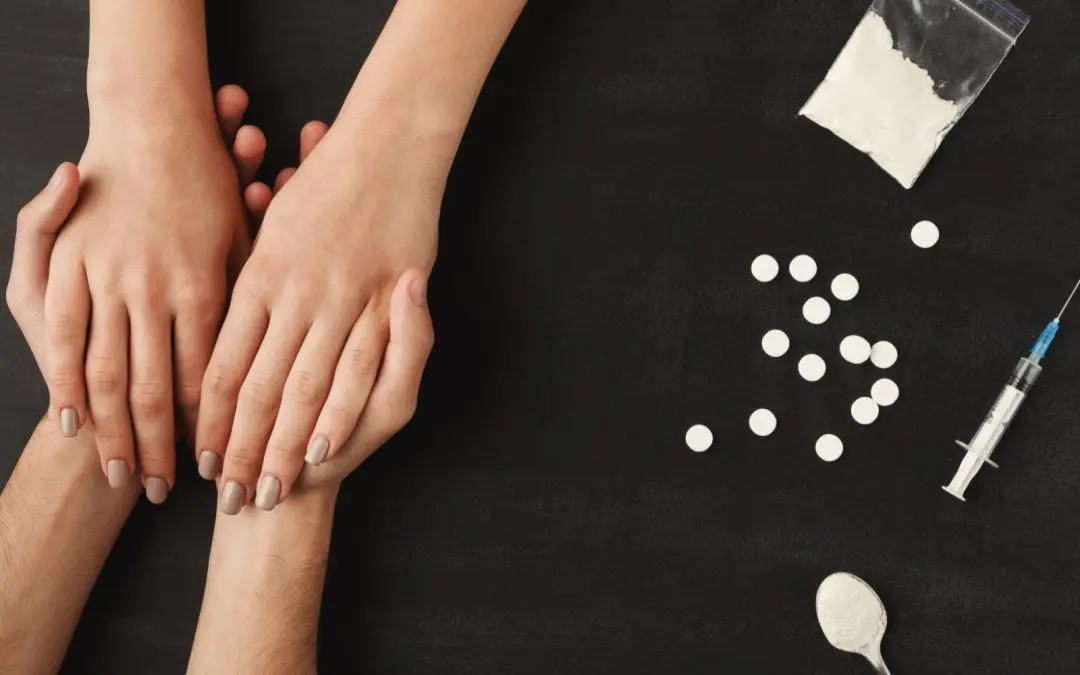
Spero Health – Savannah
Spero Health – Savannah is a private rehab located in Savannah, Tennessee. Spero Health – Savannah s...

Spero Health – Crossville
Spero Health – Crossville is a private rehab located in Crossville, Tennessee. Spero Health – Crossv...

Mission Teens – Crossville MBTC
Mission Teens - Crossville MBTC is a non-denominational Christian Discipleship ministry located in C...

Frontier Health Adventure Program
Frontier Health Adventure Program is a private rehab located in Mountain Home, Tennessee. Frontier H...

Magnolia Ranch Recovery
One of the best substance abuse addiction treatment centers in the country is Magnolia Ranch Recover...

Cherokee Health Systems
Cherokee Health Systems is a non-profit organization that specializes in providing behavioral care a...

Helen Ross McNabb Center – Cocke County
Helen Ross McNabb Center - Cocke County is located in Newport, Tennessee. Helen Ross McNabb Center -...

Knoxville Recovery Center
Knoxville Recovery Center is a private rehab located in Knoxville, Tennessee. Knoxville Recovery Cen...

BrightQuest – Nashville
BrightQuest – Nashville is a private rehab located in Nashville, Tennessee. BrightQuest – Nashville ...

GateHouse Treatment
GateHouse Treatment is a private rehab located in Nashville, Tennessee. GateHouse Treatment speciali...

Hope Center Ministries – Springfield Men’s Center
Hope Center Ministries - Springfield Men's Center is a Christian-based addiction treatment center fo...
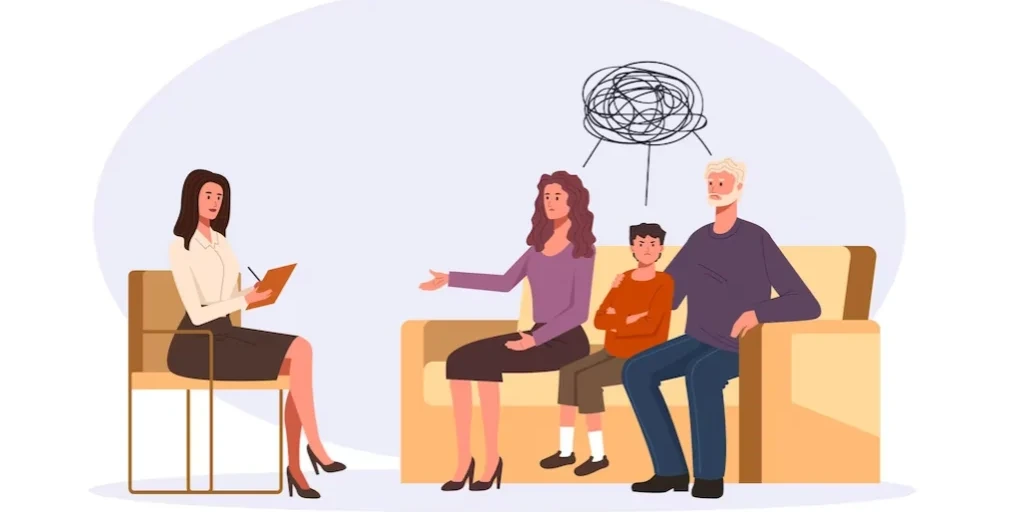
Life Changers Outreach – Apostolic Headquarters & Training Center
Life Changers Outreach, in Pigeon Forge, Tennessee, offers long term residential care for adolescent...
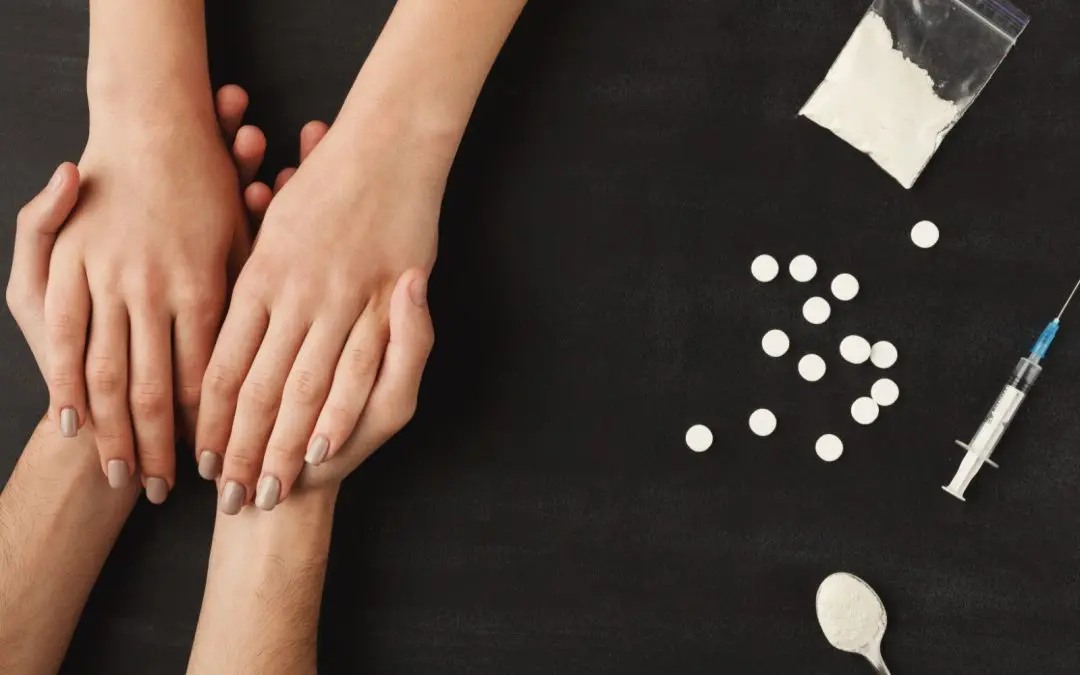
Riverwalk Recovery Center
Riverwalk Recovery Center is a private rehab located in Chattanooga, Tennessee. Riverwalk Recovery C...

Helen Ross McNabb Center – Military Services
Helen Ross McNabb Center - Military Services is located in Knoxville, Tennessee. Helen Ross McNabb C...

Frontier Health – Adventure Program
Frontier Health - Adventure Program is located in Johnson City, Tennessee. Frontier Health - Adventu...

Saint Francis Hospital – Behavioral Health Services
Saint Francis Hospital Behavioral Health offers psychiatric treatment to adults and seniors in the M...

Hope Center Ministries – Camden Men’s Center
Hope Center Ministries - Men's Center is a Christian-based and 12-step program for those men seeking...

English Mountain Recovery
English Mountain Recovery offers a gender specific alcohol and drug addiction treatment rehab recove...

Spero Health – Dyersburg
Spero Health – Dyersburg is a private rehab located in Dyersburg, Tennessee. Spero Health – Dyersbur...
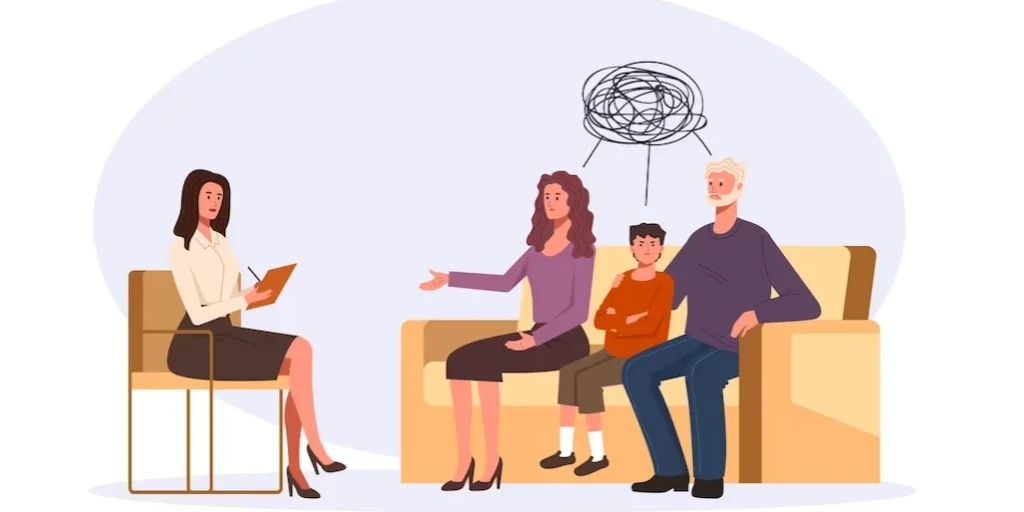
Volunteer Behavioral Health – Cheer Mental Health Center
Volunteer Behavioral Health – Cheer Mental Health Center is a co-occurring mental health and addicti...

Men of Valor
Men of Valor is a non-profit rehab located in Antioch, TN. Men of Valor specializes in the treatment...










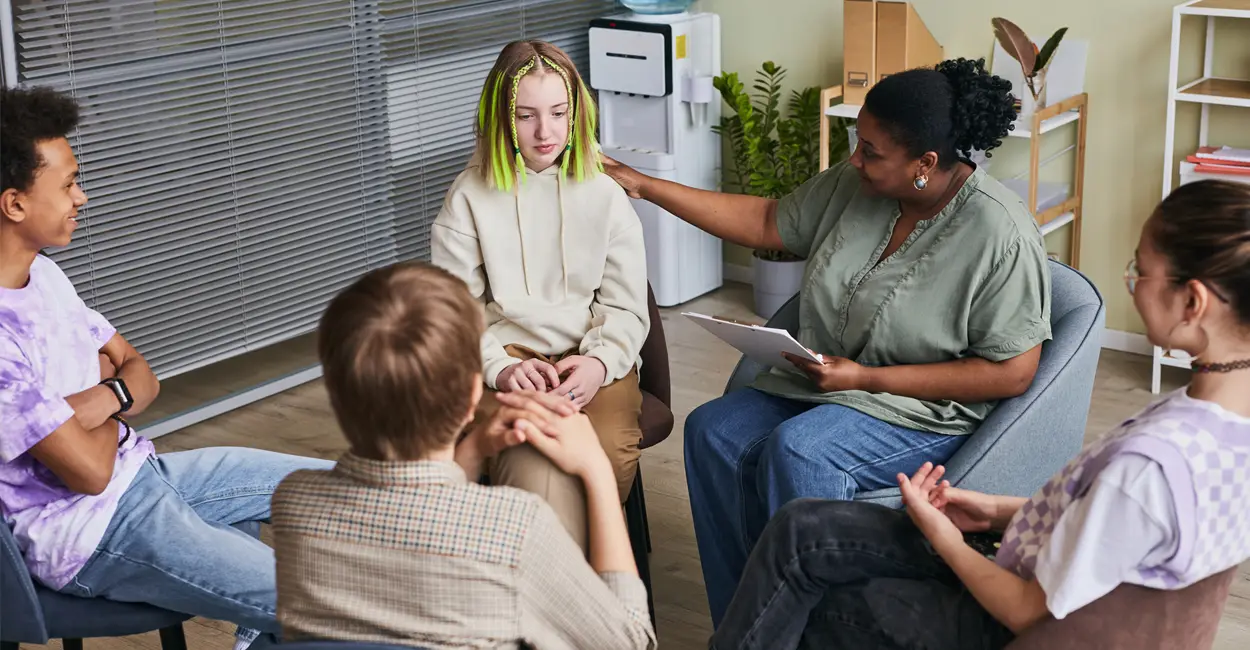
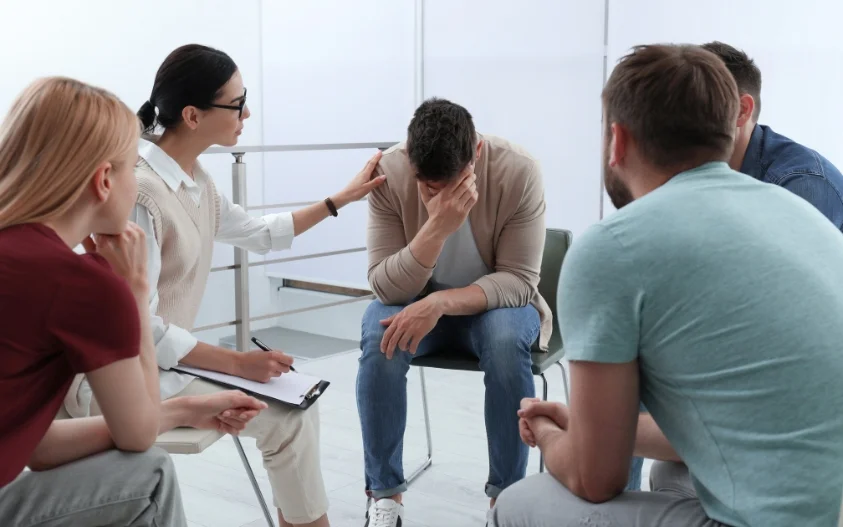
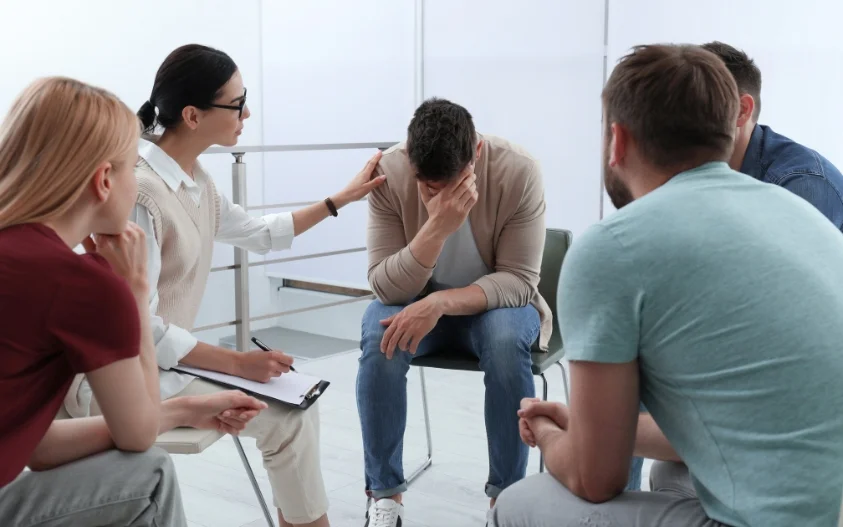





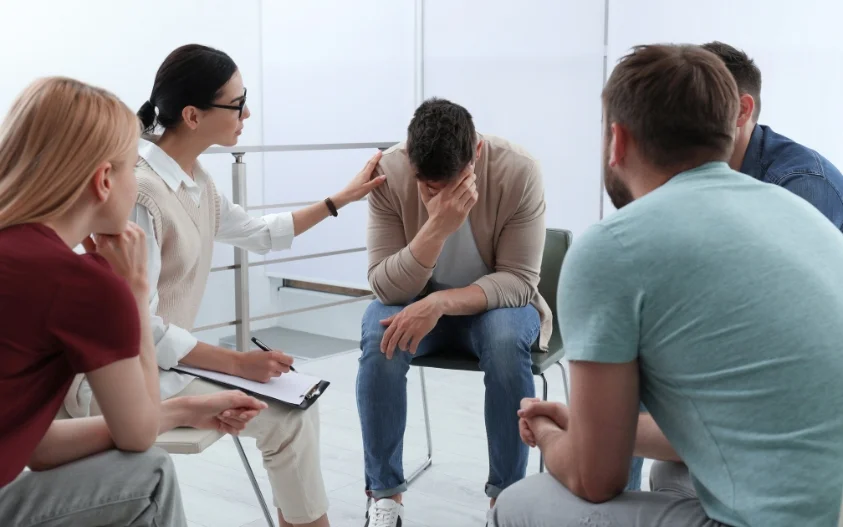
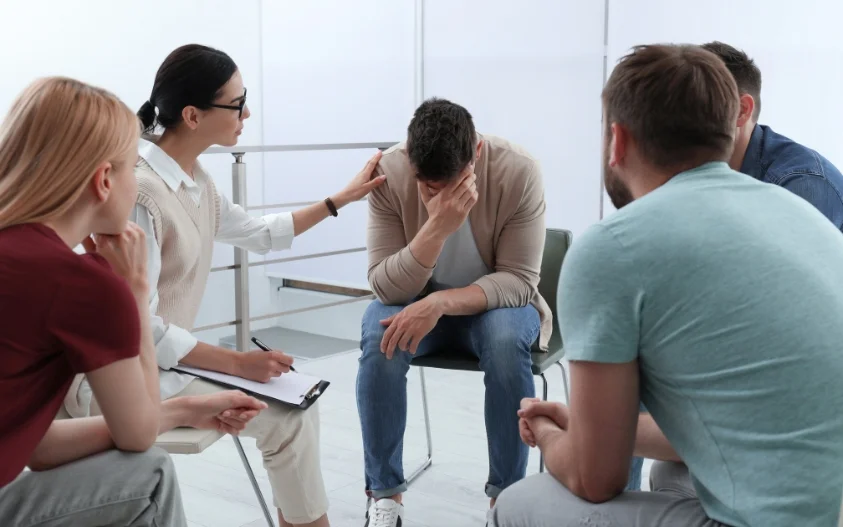

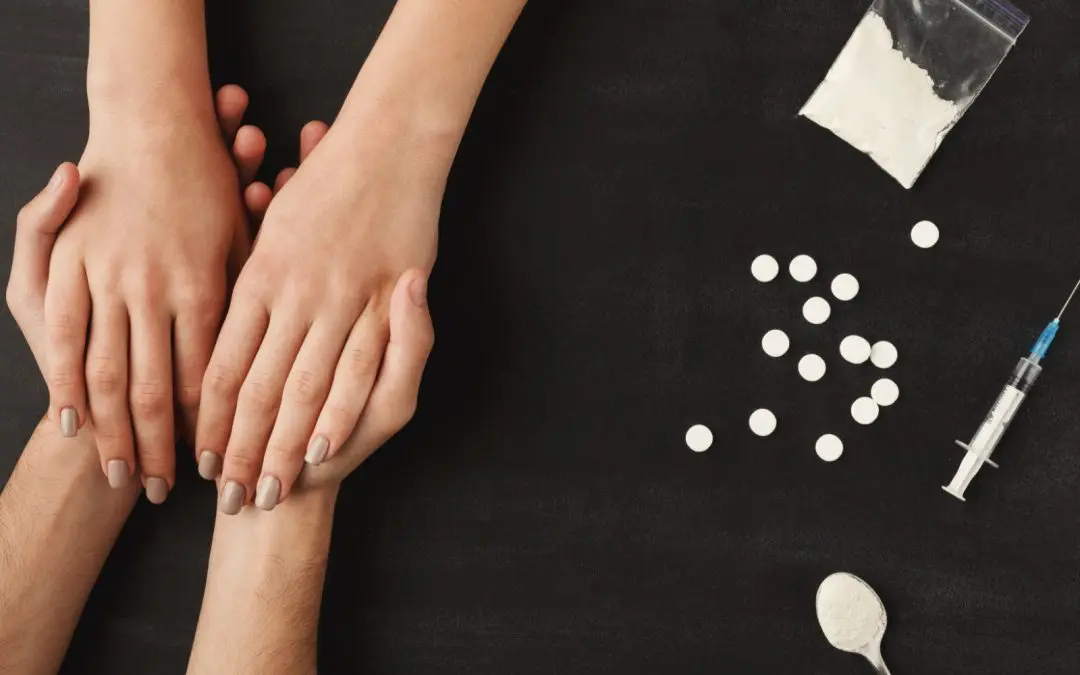


















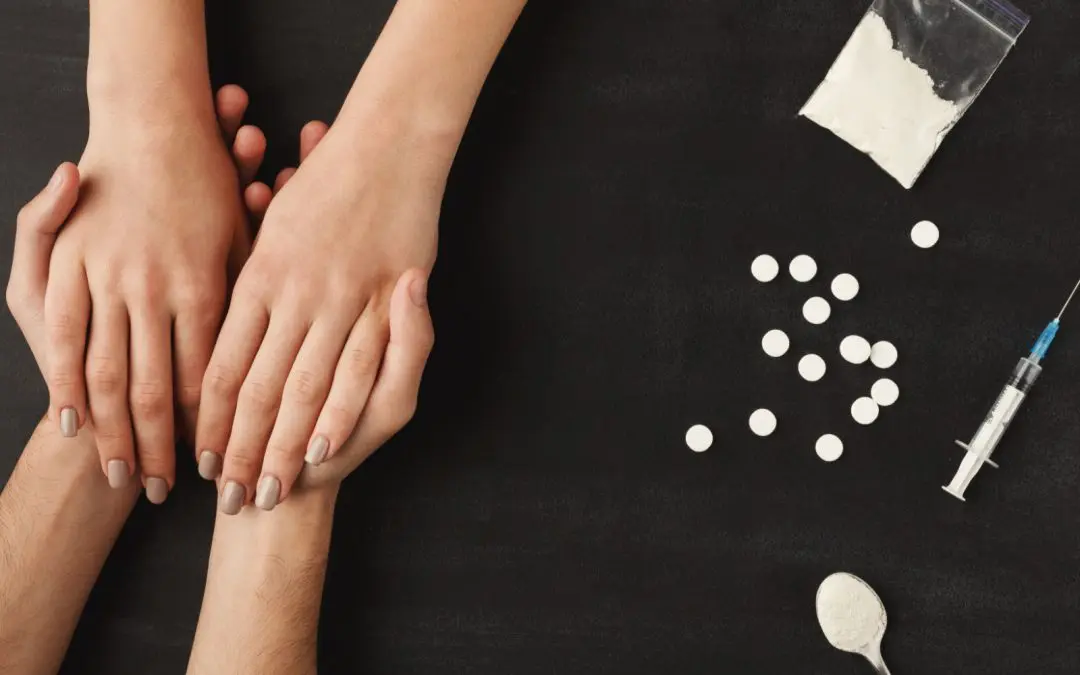


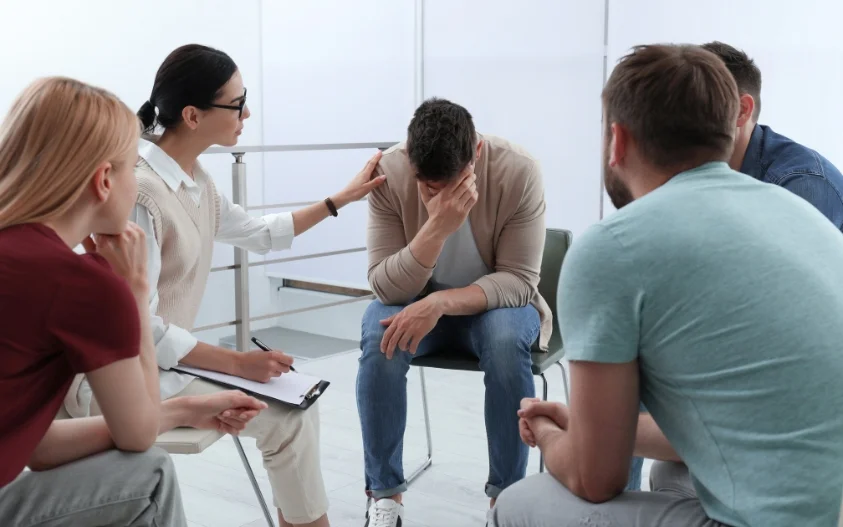















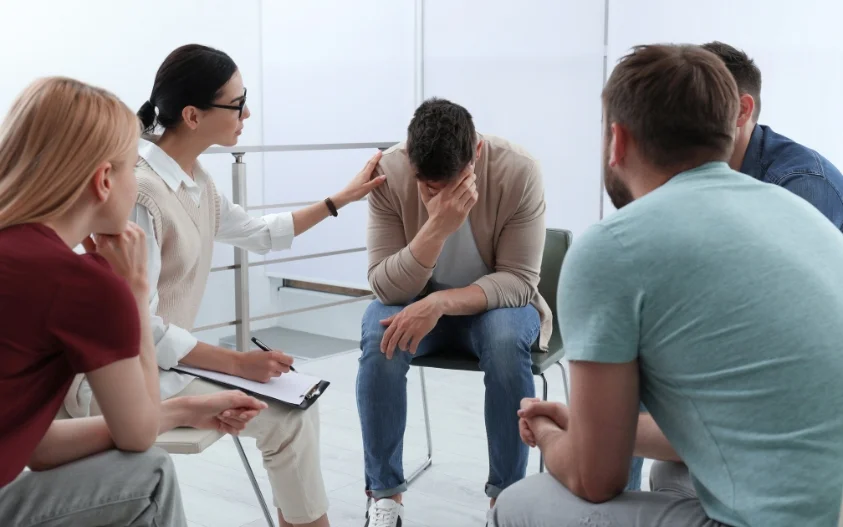








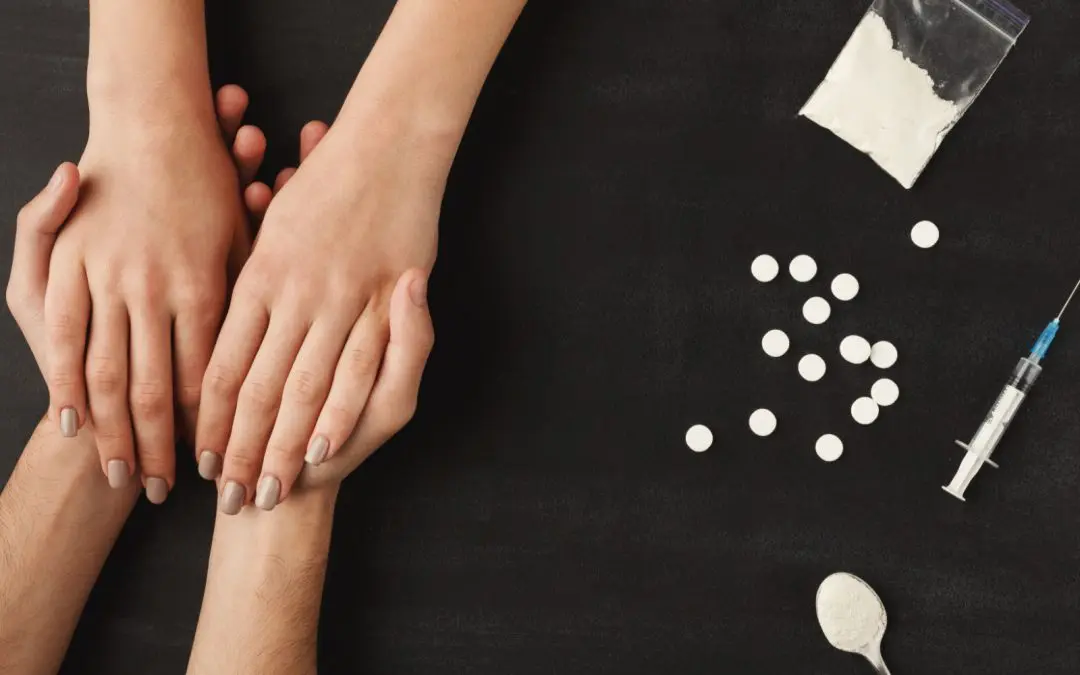







































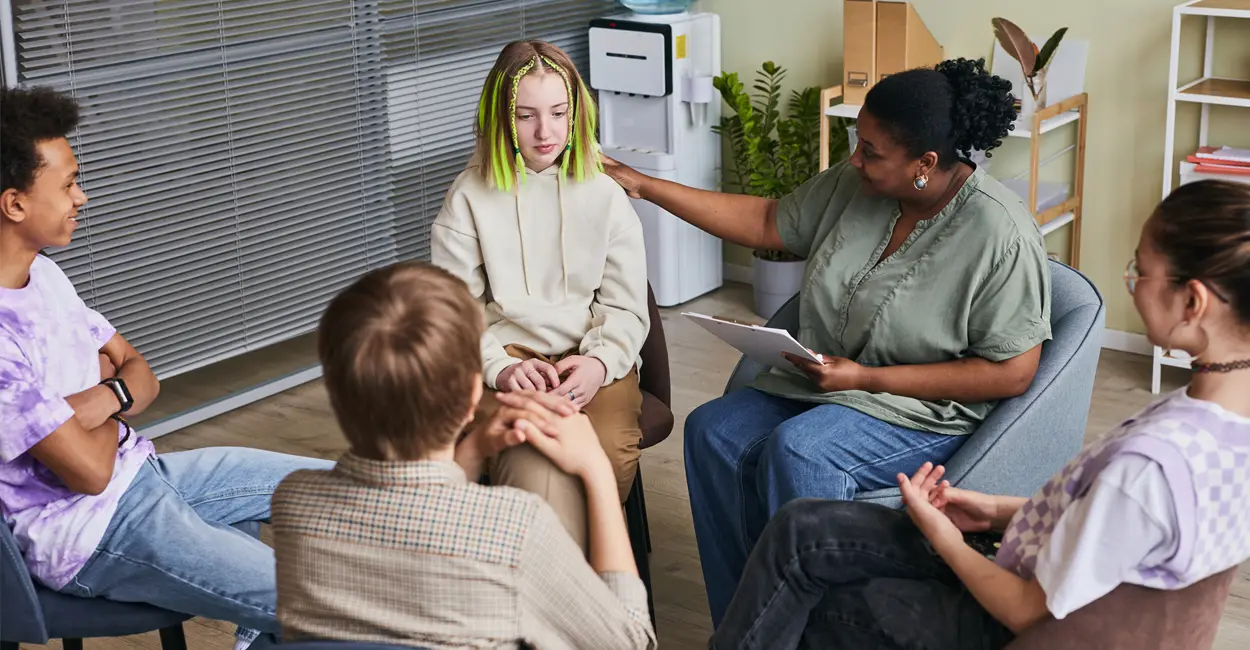
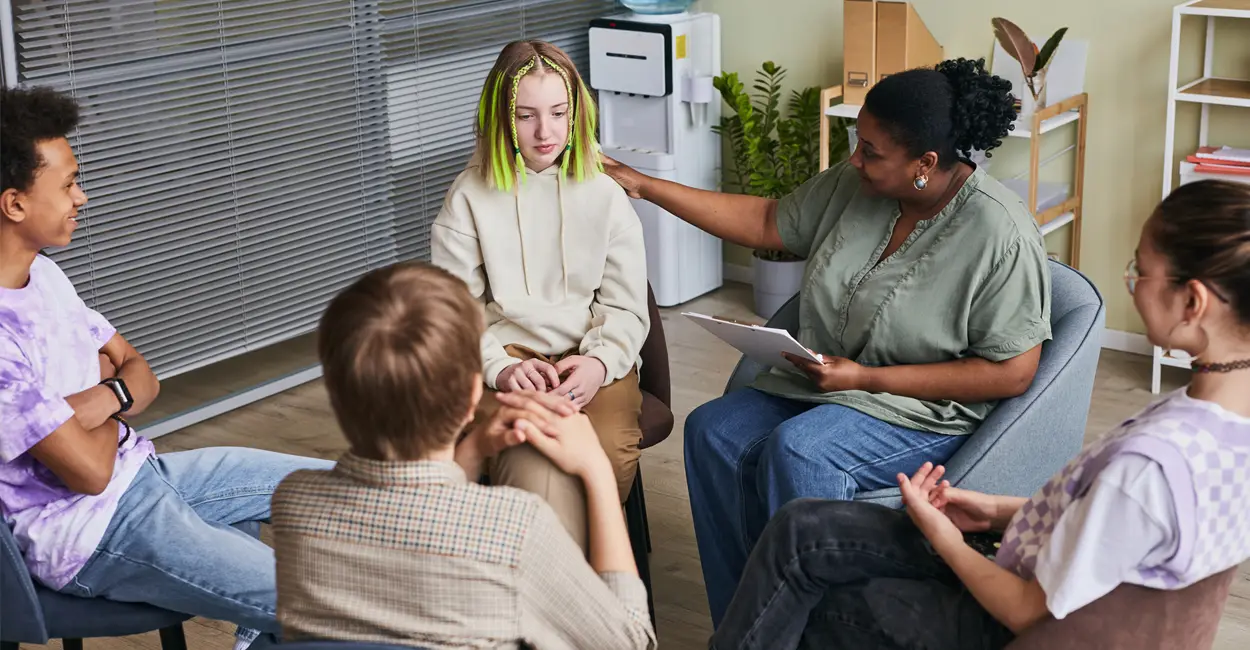



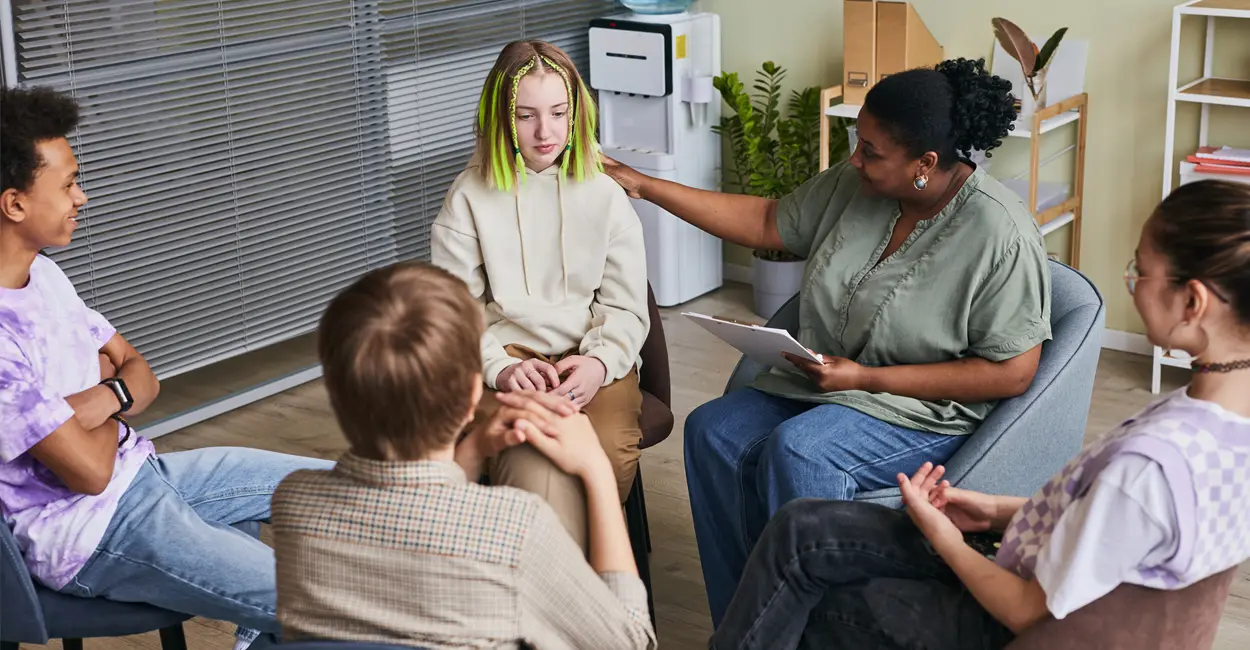


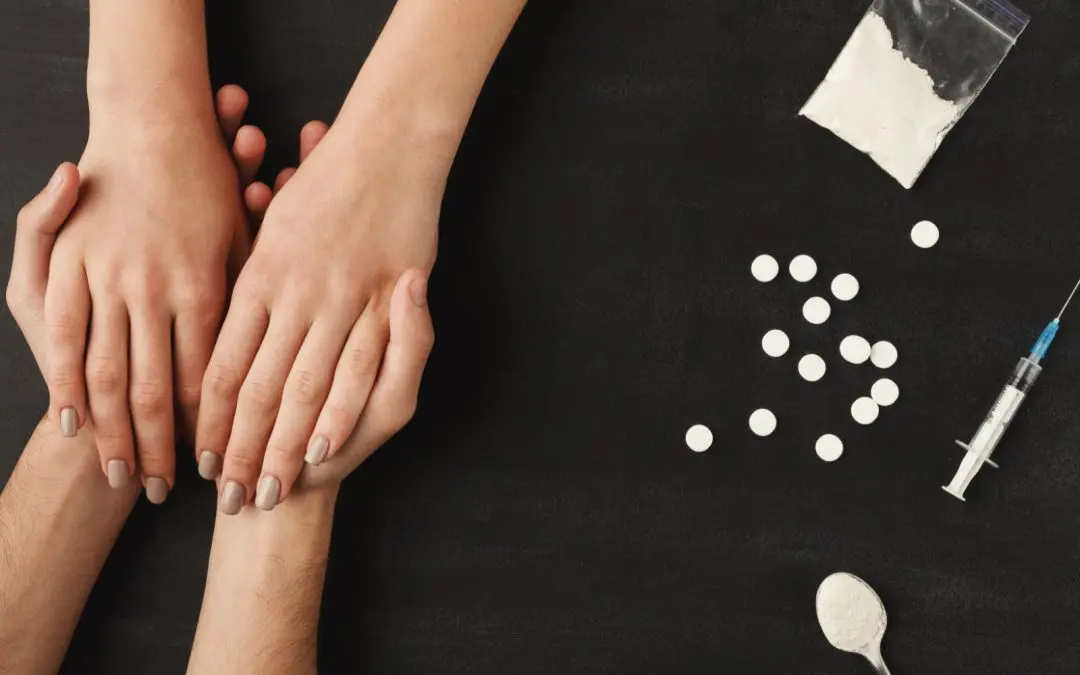




















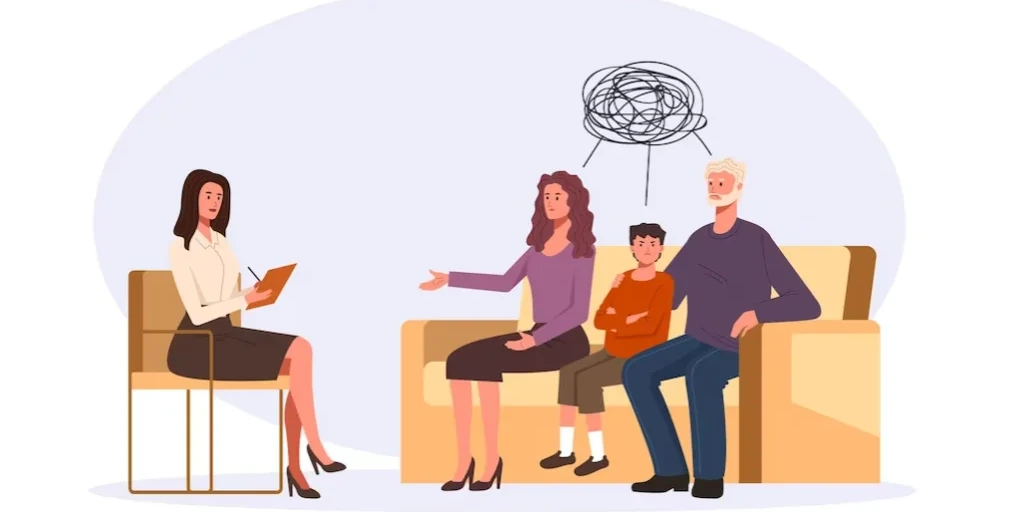
















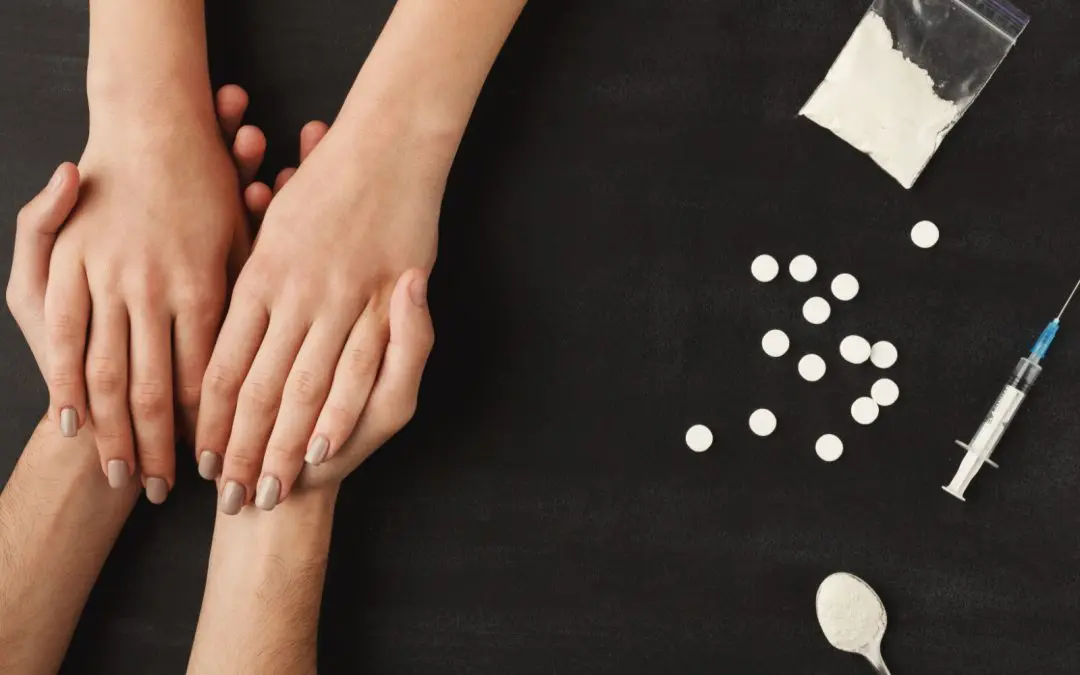




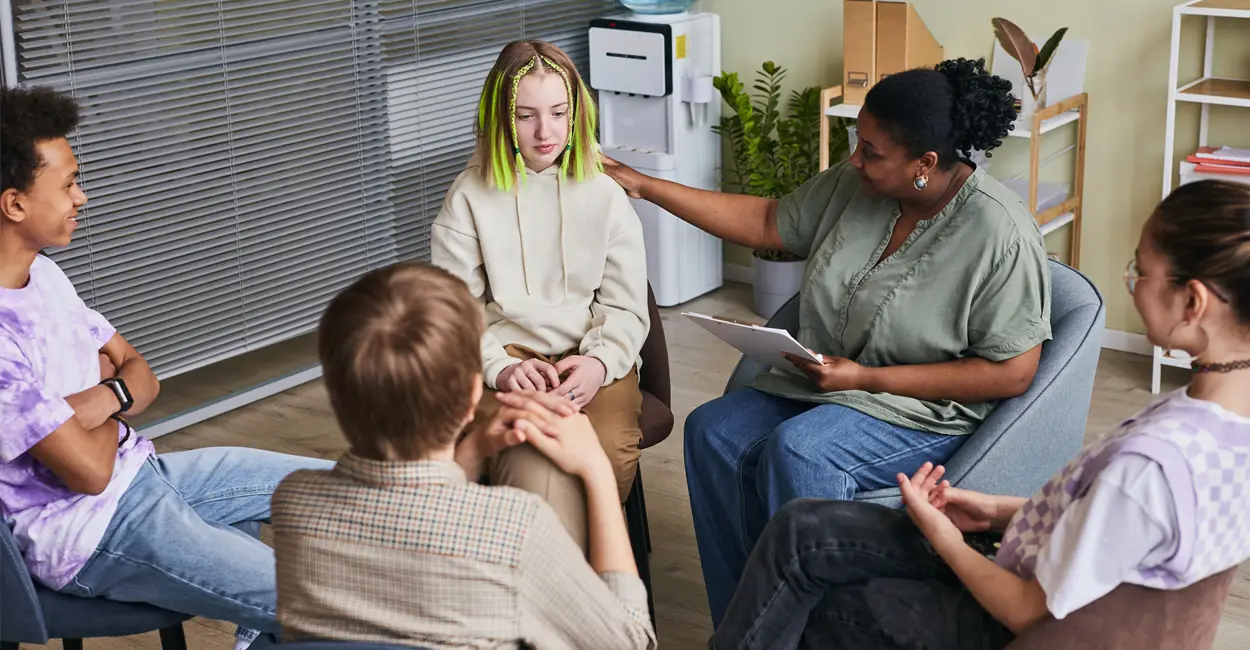



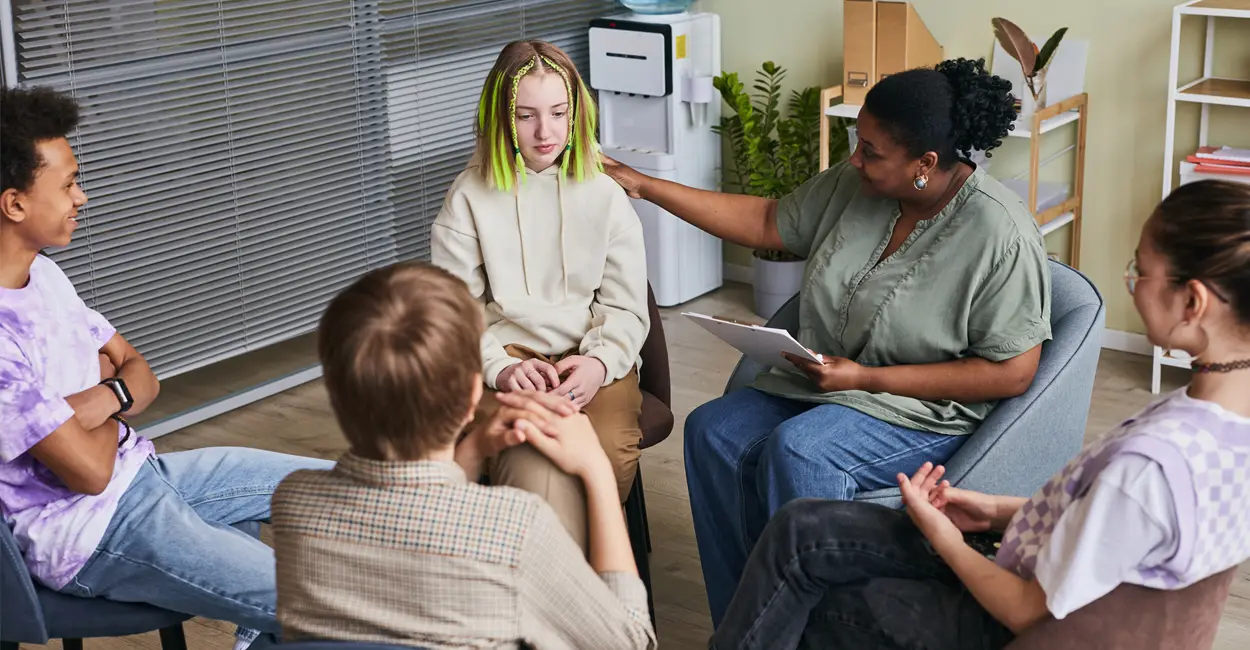




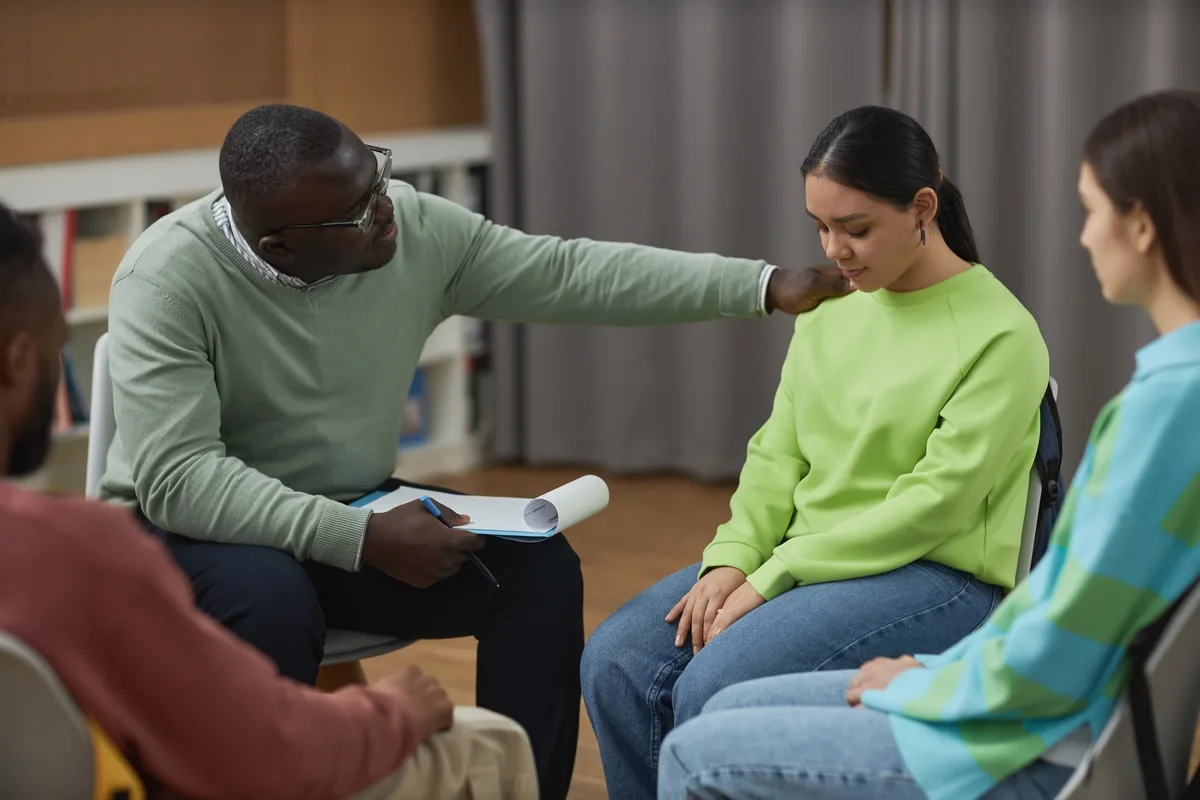

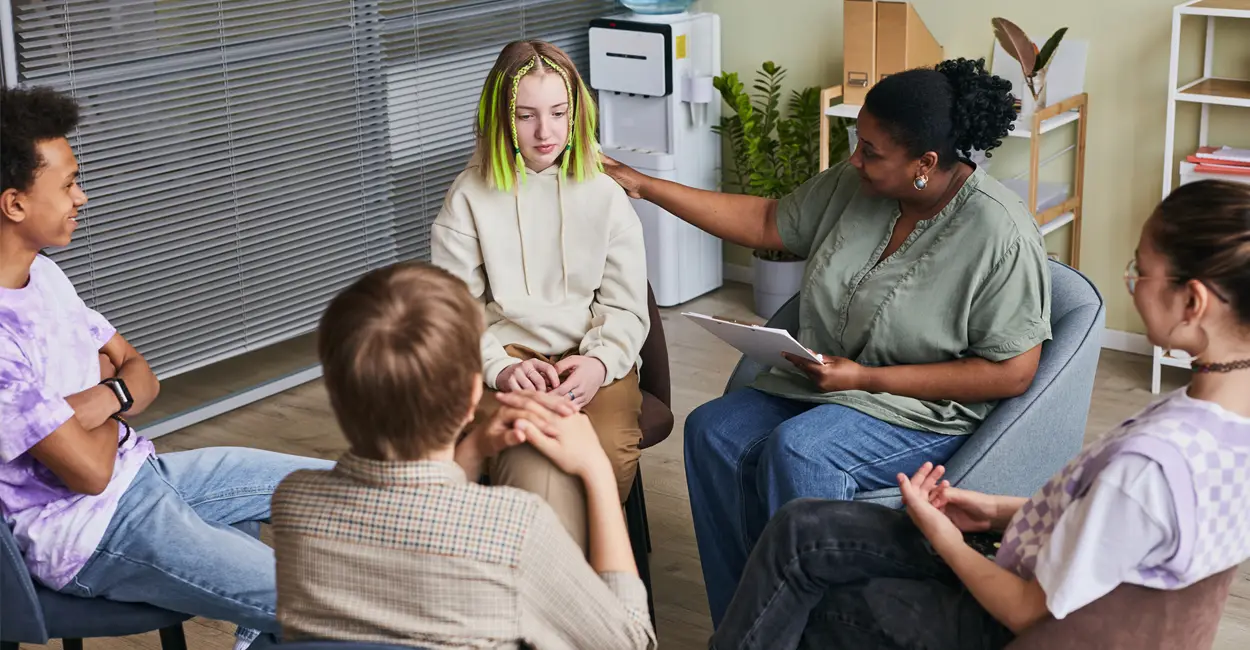
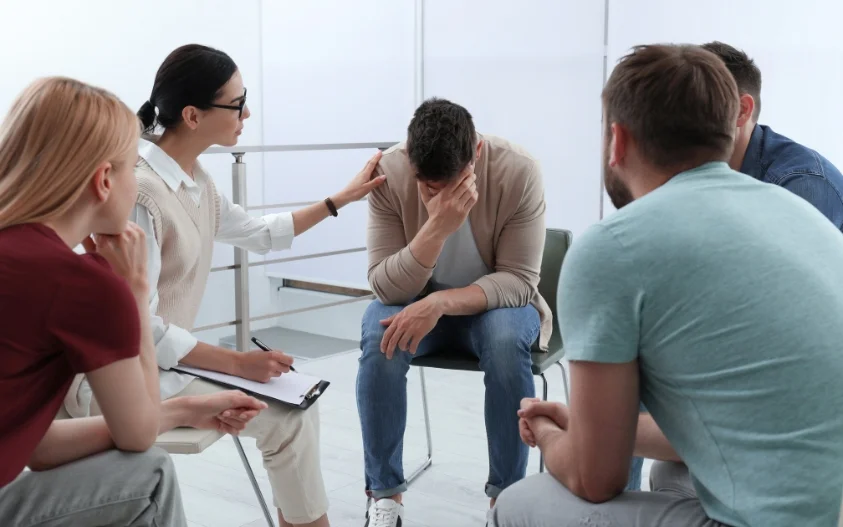








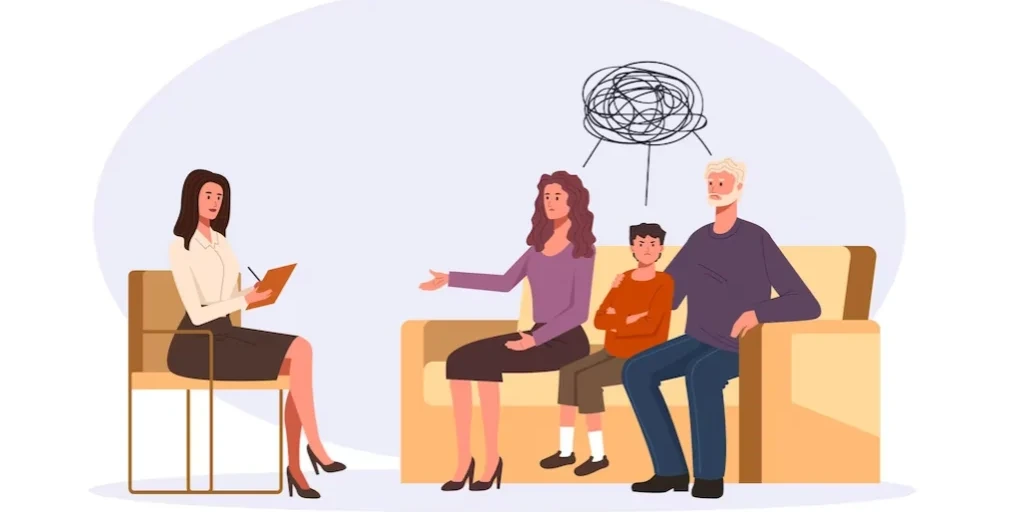

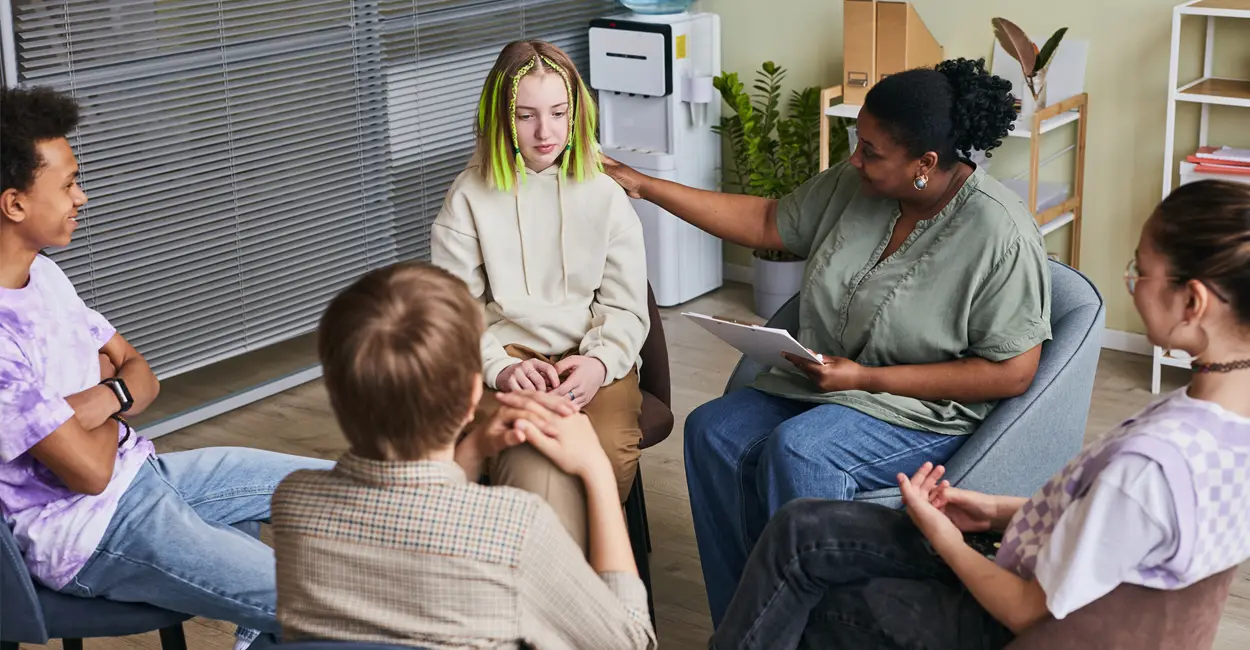







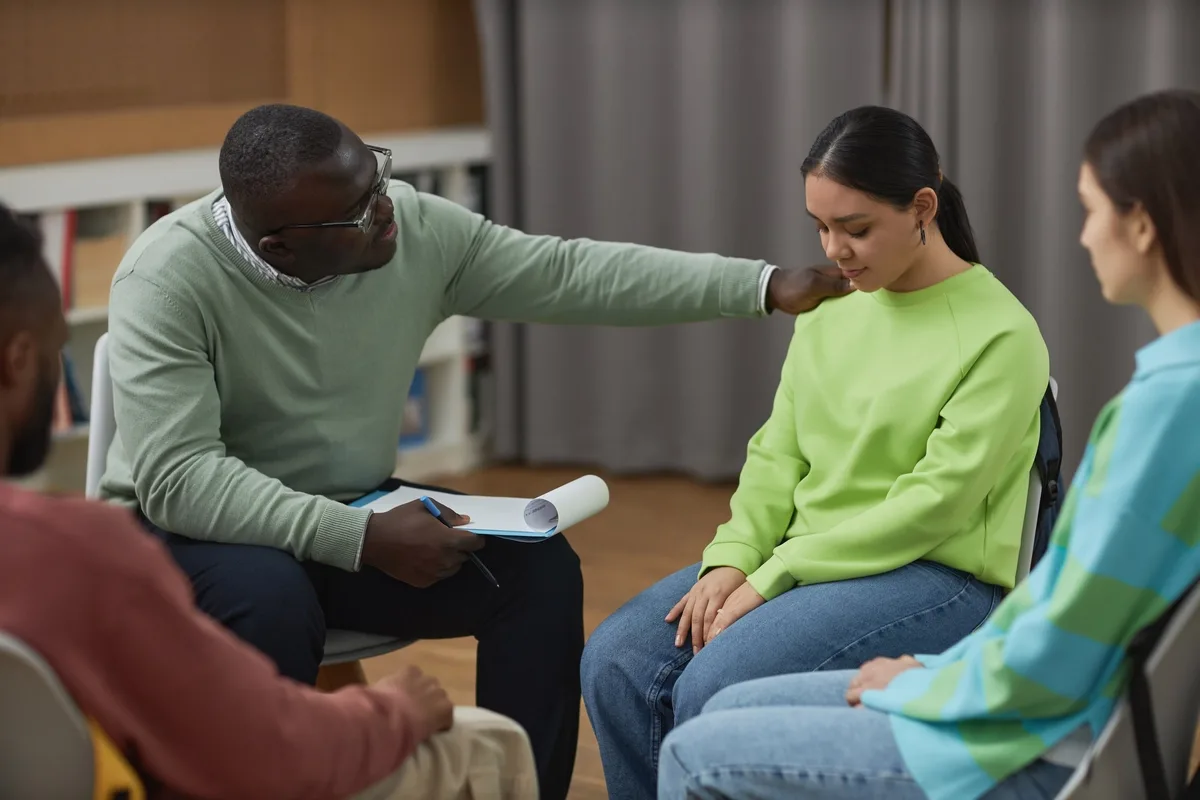



Behavioral Health Group – Madison
Behavioral Health Group – Madison is a private rehab located in Madison, Tennessee. Behavioral Healt...
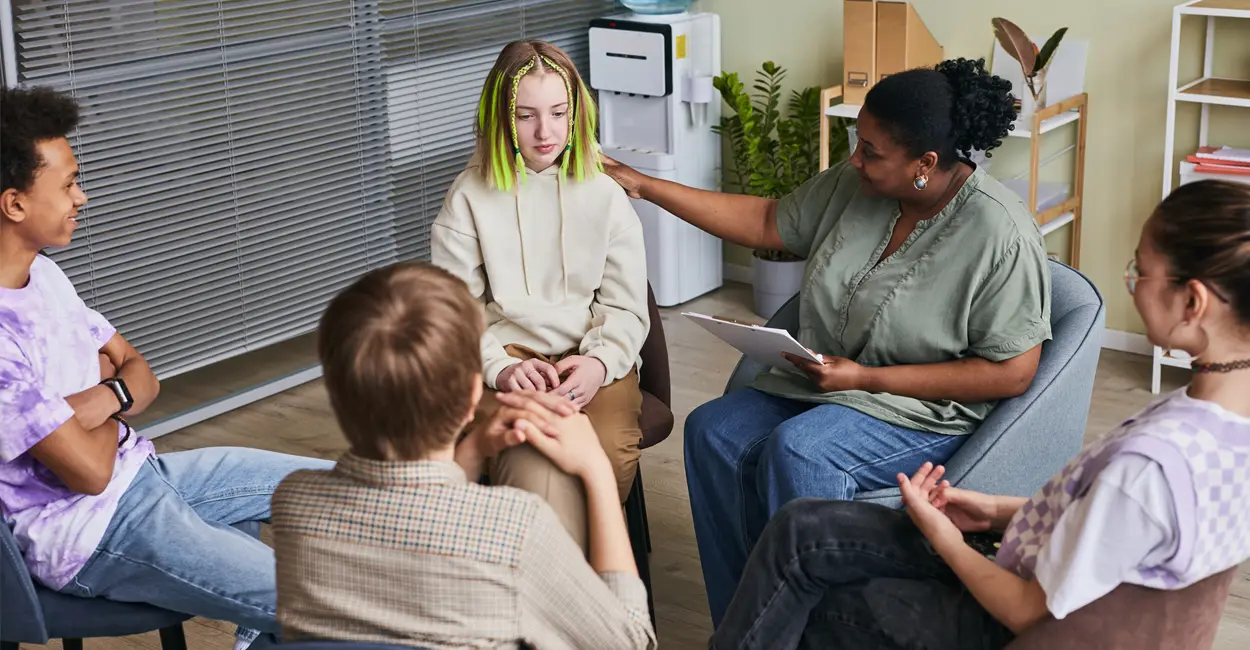
Detox West Tennessee Jackson
Detox West Tennessee Jackson is a private rehab located in Jackson, Tennessee. Detox West Tennessee ...

Lakeside Behavioral Health System – Dual Diagnosis
Lakeside Behavioral Health System – Dual Diagnosis is a rehab center that has decades of experience ...

Landmark Recovery of Knoxsville
Landmark Recovery of Knoxsville is a private rehab located in Knoxville, Tennessee. Landmark Recover...

Bradford Health Services
Bradford Health Services - Neal Street provides outpatient and intensive outpatient treatment for in...

Baptist Rehabilitation Center
Baptist Rehabilitation Center is a private rehab located in Murfreesboro, Tennessee. Baptist Rehabil...

AA – Alcoholics Anonymous – Spiritual Awakenings Community Center
Alcoholics Anonymous is an international fellowship of men and women who have had a drinking problem...

Pathways
Pathways is a private rehab located in Lexington, Tennessee. Pathways specializes in the treatment o...

Life of Purpose
Life of Purpose offers an Intensive Outpatient Program (IOP), Aftercare, Case Management, and Studen...

Cumberland Heights
Cumberland Heights - Sam Davis Road is a 12-step based outpatient alcohol & drug rehab program. Cumb...

Bartlett Therapy Center
Bartlett Therapy Center is a private rehab located in Memphis, Tennessee. Bartlett Therapy Center sp...

Bradford Health Services
Bradford Health Services - South Gallaher View Road provides outpatient and intensive outpatient tre...

Behavioral Healthcare Center
Behavioral Healthcare Center is a private rehab located in Columbia, Tennessee. Behavioral Healthcar...

Midsouth Treatment Center
Midsouth Treatment Center is a private rehab located in Dyersburg, Tennessee. Midsouth Treatment Cen...

Baptist Behavioral Health
Baptist Behavioral Health is a private rehab located in Dorchester Center, Tennessee. Baptist Behavi...

Care of Savannah Inc Jack Gean Shelter for Women
Jack Gean Shelter for Women offers inpatient treatment for individuals with alcohol and/or substance...

Pathfinders
Pathfinders is a private rehab located in Gallatin, Tennessee. Pathfinders specializes in the treatm...

FitRx
FitRx is a private rehab located in Brentwood, Tennessee. FitRx specializes in the treatment of dual...
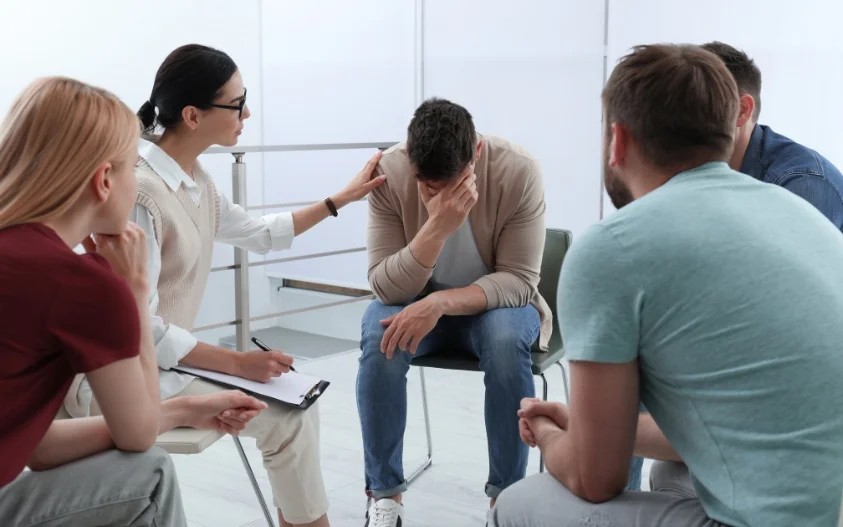
Carey Counseling Center – Camden
Carey Counseling Center – Camden is a private rehab located in Camden, Tennessee. Carey Counseling C...

Pathfinders Counseling
Pathfinders Counseling is a private rehab located in Nashville, Tennessee. Pathfinders Counseling sp...
Beacon Professional Services
Beacon Professional Services is a private rehab located in Knoxville, Tennessee. Beacon Professional...

Carey Counseling Center – Paris
Carey Counseling Center – Paris is a private rehab located in Paris, Tennessee. Carey Counseling Cen...

Behavioral Health and Wellness Clinic
Behavioral Health and Wellness Clinic is a public rehab located in Johnson City, Tennessee. Behavior...

Turning Point Recovery Residence
Turning Point Recovery Residence is a non-profit rehab located in Nashville, TN. Turning Point Recov...

Transitions Housing
Transitions Housing is a private rehab located in Nashville, Tennessee. Transitions Housing speciali...

Celebrate Recovery at the Vineyard Church
Celebrate Recovery at the Vineyard Church is a private rehab located in Chattanooga, Tennessee. Cele...

Centerstone
Centerstone is a private rehab located in Dickson, Tennessee. Centerstone specializes in the treatme...

Vanderbilt Behavioral Health
Vanderbilt Behavioral Health is a non-profit rehab located in Nashville, Tennessee. Vanderbilt Behav...

Youth Dimensions
Youth Dimensions is a private rehab located in Memphis, Tennessee. Youth Dimensions specializes in t...

Cherokee Health Systems – Kingston Pike
Cherokee Health Systems – Kingston Pike is a private rehab located in Knoxville, Tennessee. Cherokee...

Reformers Unanimous
Reformers Unanimous is a private rehab located in Union City, Tennessee. Reformers Unanimous special...

Quinco Mental Health – Henderson County Center
Quinco Mental Health - Henderson County Center provides mental health and substance abuse treatment ...
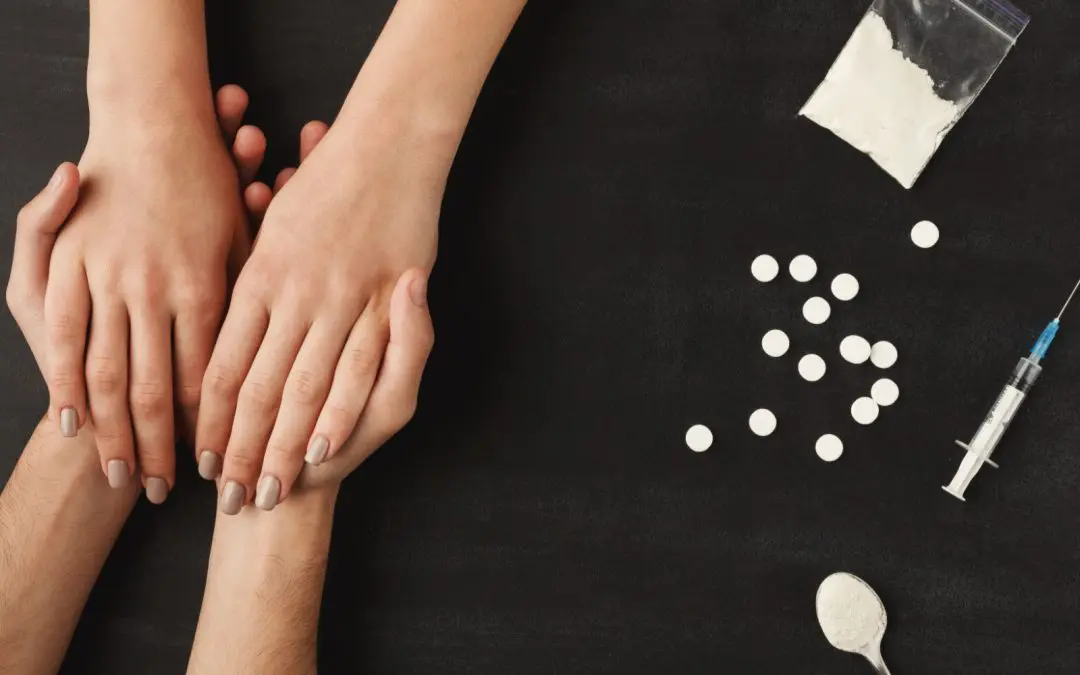
Takoma Regional Hospital – Behavioral Health
Takoma Regional Hospital – Behavioral Health is a private rehab located in Greeneville, Tennessee. T...

Crossroads Counseling Center
Crossroads Counseling Center is a private rehab located in Sevierville, Tennessee. Crossroads Counse...
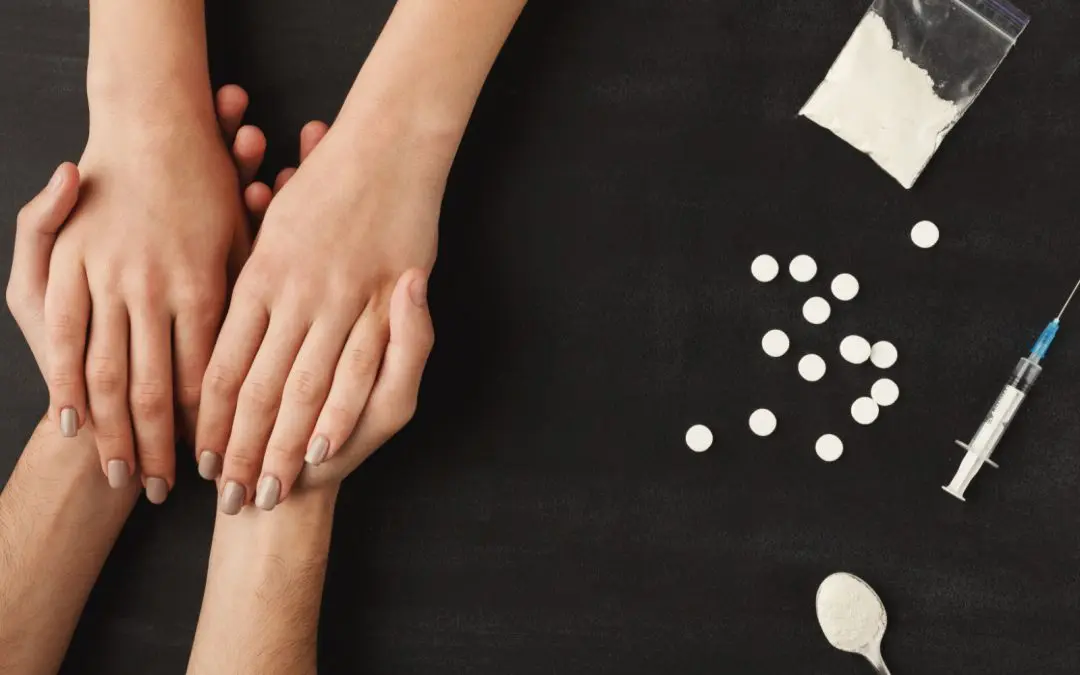
AA – Alcoholics Anonymous – Waters Smith Road
AA – Alcoholics Anonymous – Waters Smith Road is a non-profit rehab located in Pulaski, Tennessee. A...

Hixson Serenity Club
Hixson Serenity Club is a non-profit rehab located in Hixson, Tennessee. Hixson Serenity Club specia...

Bradford Health Services
Bradford Health Services - General George Patton Drive provides outpatient and intensive outpatient ...

Pathways
Pathways is a public rehab located in Milan, Tennessee. Pathways specializes in the treatment of dua...

Ridgeview Behavioral Health Services – Campbell Outpatient Center
Ridgeview Behavioral Health Services – Campbell Outpatient Center is a private rehab located in La F...

Alternative Counseling
Alternative Counseling Associates is a private rehab located in Chattanooga, TN. Alternative Counsel...

Buffalo Valley Main – BVI
Buffalo Valley Main - BVI is a private rehab located in Hohenwald, TN. Buffalo Valley Main - BVI spe...

Lee University – Marriage Therapy
Lee University – Marriage Therapy is a private rehab located in Cleveland, Tennessee. Lee University...

Parkwest Medical Center – Senior Behavioral Health
Parkwest Medical Center – Senior Behavioral Health is a private rehab located in Knoxville, Tennesse...

Alternative Counseling
Alternative Counseling is a private rehab located in Knoxville, Tennessee. Alternative Counseling sp...

Shelby County Schools – Mental Health Center
Shelby County Schools – Mental Health Center is a public rehab located in Memphis, Tennessee. Shelby...

Cumberland Plateau Recovery
Cumberland Plateau Recovery is a private rehab located in Livingston, TN. Cumberland Plateau Recover...

Madison Oaks Academy / OakHills Behavioral Center
Woodrigde Behavioral Care is a network of behavioral health treatment center. At this location, they...

Cross Roads Alcohol and Drug
Cross Roads Alcohol and Drug is a private rehab located in Erwin, Tennessee. Cross Roads Alcohol and...

Teen Challenge of the Upper Cumberland
Teen Challenge of the Upper Cumberland is a non-profit rehab located in Gainesboro, Tennessee. Teen ...

East Memphis Therapy Center
East Memphis Therapy Center is a private rehab located in Memphis, Tennessee. East Memphis Therapy C...

Quinco Mental Health – Harden County Center
Quinco Mental Health - Harden County Center provides mental health and substance abuse treatment in ...

Alliance Care
Alliance Care is a private rehab located in Jackson, Tennessee. Alliance Care specializes in the tre...

AA – Alcoholics Anonymous
AA – Alcoholics Anonymous is a non-profit rehab located in Louisville, Tennessee. AA – Alcoholics An...
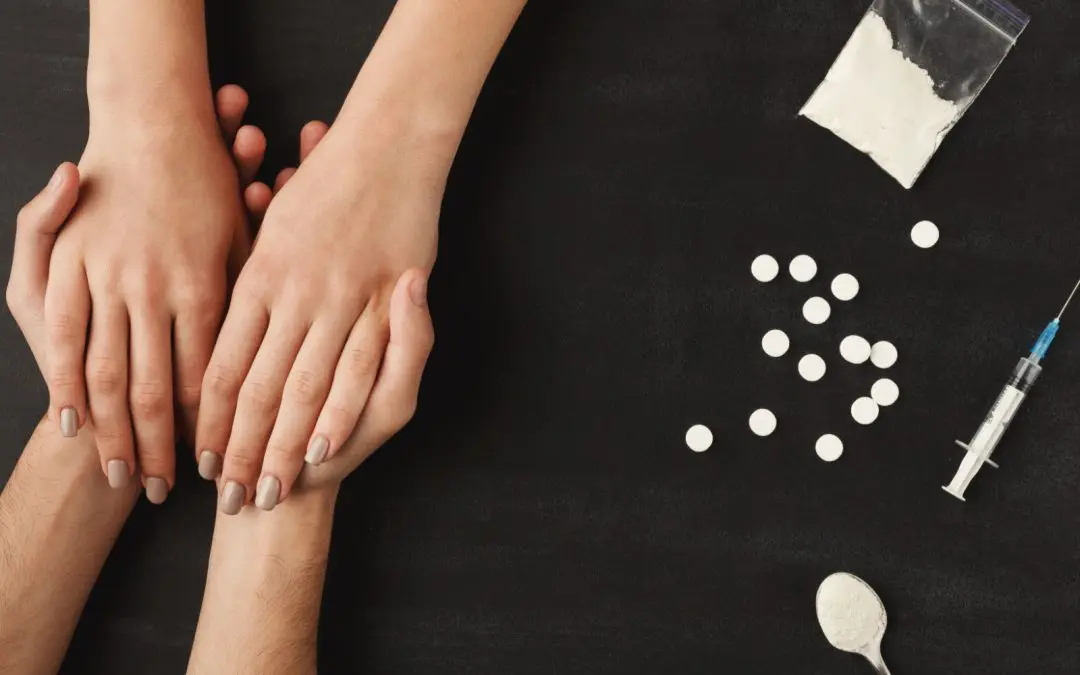
Helping Heart Counseling & Associates
Helping Heart Counseling & Associates is a private rehab located in Knoxville, Tennessee. Helping He...

Oasis Center
Oasis Center is a private rehab located in Nashville, Tennessee. Oasis Center specializes in the tre...

Steppenstone Youth Treatment Center
SteppenStone Youth Treatment Servicesprovides 24-hour residential, day, after school, and outpatient...

Florence Crittenton Agency
Florence Crittenton Agency is a private rehab located in Knoxville, Tennessee. Florence Crittenton A...

Manna House Ministries
Manna House Ministries is a non-profit rehab located in Jamestown, Tennessee. Manna House Ministries...

Pathfinders Counseling
Pathfinders Counseling is a private rehab located in Gallatin, Tennessee. Pathfinders Counseling spe...

Solutions Retreat
Solutions Retreat stands as a CARF-accredited drug and alcohol addiction treatment center in Nashvil...

Colonial Health Rehabilitation Center
Colonial Health Rehabilitation Center is a private rehab located in Memphis, Tennessee. Colonial Hea...

Correctional Counseling and Probation Services
Correctional Counseling and Probation Services is a public rehab located in Chattanooga, Tennessee. ...
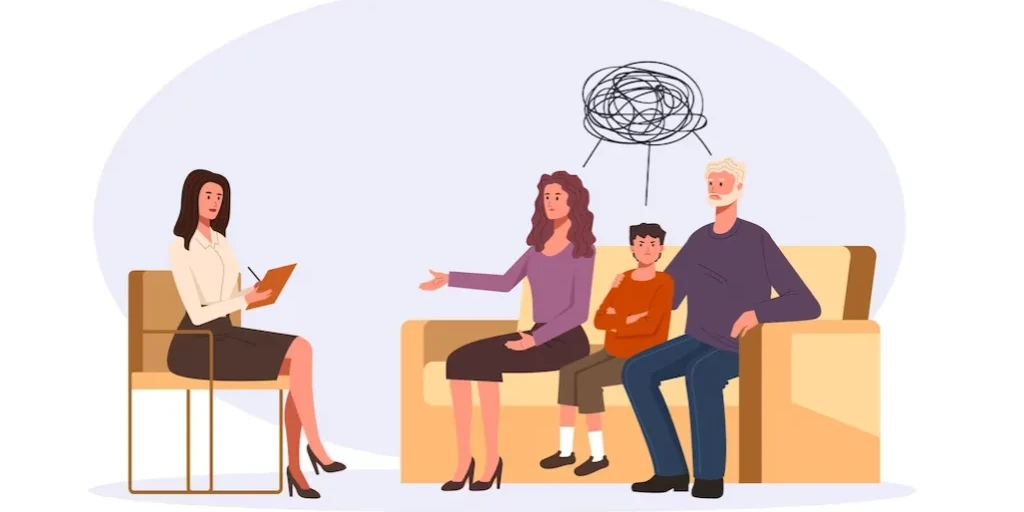
AA – Alcoholics Anonymous – Getwell Road
AA – Alcoholics Anonymous – Getwell Road is a non-profit rehab located in Memphis, Tennessee. AA – A...
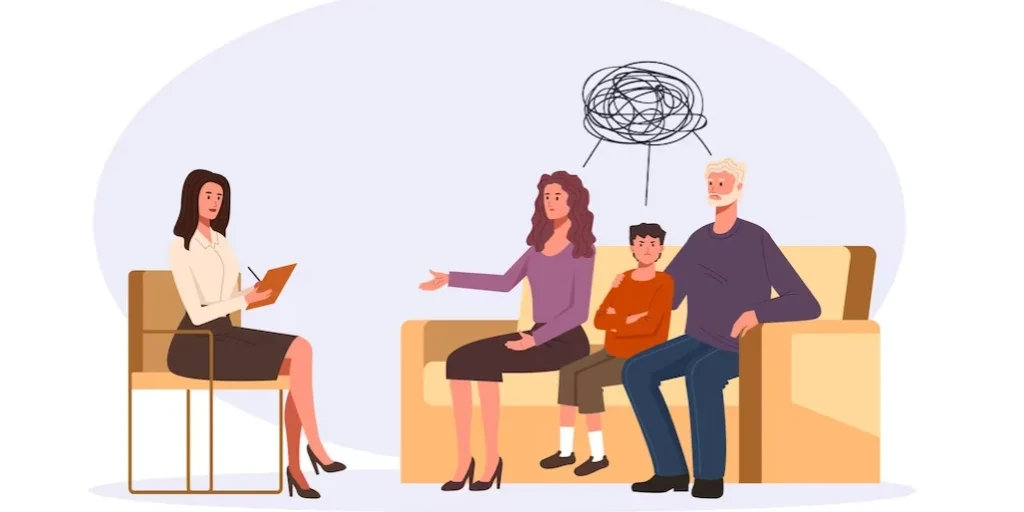
EM Jellinek Center
EM Jellinek Center is a nonprofit located in Knoxville, Tennessee that serves as a residential commu...

Carpe Diem
Carpe Diem is a private rehab located in Knoxville, Tennessee. Carpe Diem specializes in the treatme...

AA – Alcoholics Anonymous
AA – Alcoholics Anonymous is a non-profit rehab located in Murfreesboro, Tennessee. AA – Alcoholics ...

Health Connect America
Health Connect America is a private rehab located in Clarksville, Tennessee. Health Connect America ...

Women at The Well
Women at The Well offers inpatient treatment for women with alcohol and/or substance addiction. The ...

Quinco Mental Health – Decatur County Center
Quinco Mental Health - Decatur County Center provides mental health and substance abuse treatment in...
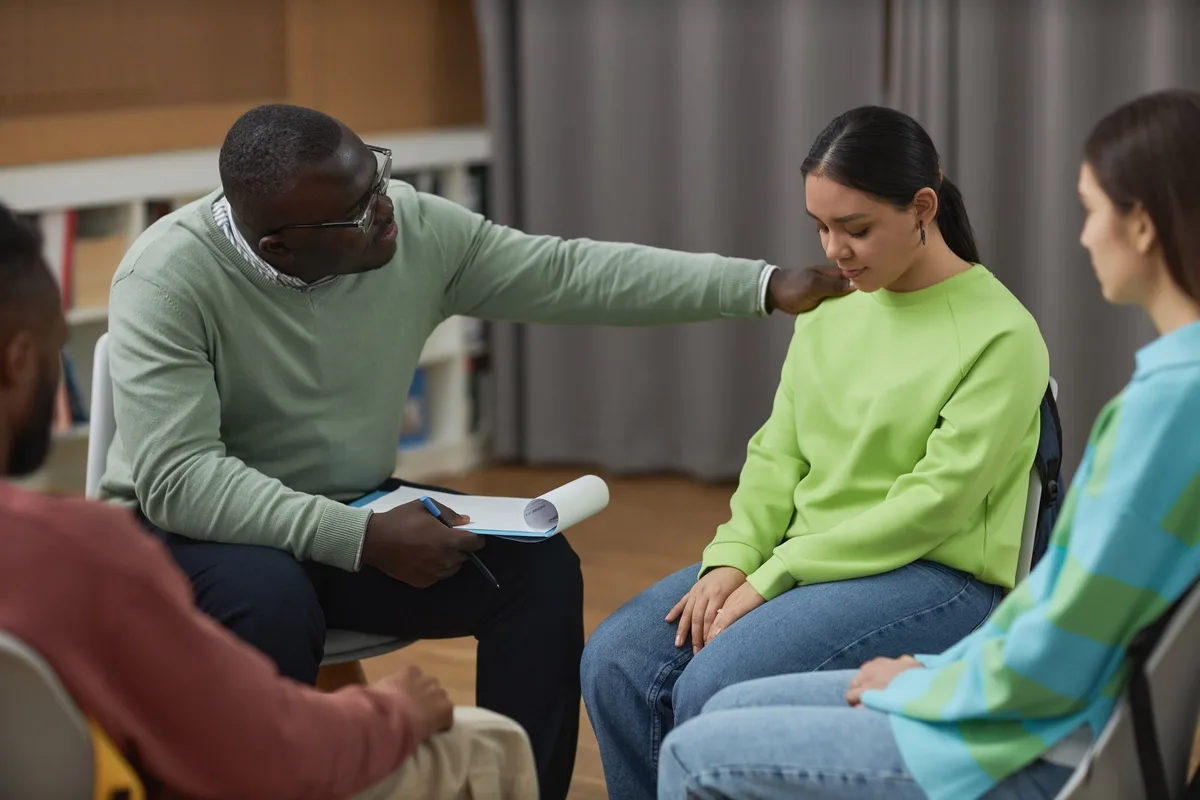
Impact Centers
Impact Centers is a private rehab located in Jackson, Tennessee. Impact Centers specializes in the t...

Steps House – Sevier Avenue
Steps House – Sevier Avenue is a private rehab located in Knoxville, Tennessee. Steps House – Sevier...

AA – Alcoholics Anonymous – Central Office
AA – Alcoholics Anonymous – Central Office is a non-profit rehab located in Chattanooga, Tennessee. ...

Quinco Mental Health – Hardeman County Center
Quinco Mental Health - Hardeman County Center provides mental health and substance abuse treatment i...

Bradford Health Services
Bradford Health Services - Donelson Pike provides outpatient and intensive outpatient treatment for ...

Al – Anon and Al – Ateen
Al-Anon and Al-Ateen - Union Avenue offers outpatient services for families and loved ones of alcoho...

Associates in Community Therapies
Associates in Community Therapies is a private rehab located in Chattanooga, Tennessee. Associates i...

AA – Alcoholics Anonymous
AA – Alcoholics Anonymous is a non-profit rehab located in Knoxville, Tennessee. AA – Alcoholics Ano...

Volunteer Behavioral Health – Johnson Mental Health
Volunteer Behavioral Health – Johnson Mental Health is a non-profit rehab located in Chattanooga, Te...

Volunteer Behavioral Health – Dale Hollow Mental Health
Volunteer Behavioral Health - Dale Hollow Mental Health is located in Livingston, Tennessee. Volunte...

AA – Alcoholics Anonymous – Union Avenue
AA – Alcoholics Anonymous – Union Avenue is a non-profit rehab located in Memphis, Tennessee. AA – A...

AA – Alcoholics Anonymous
AA – Alcoholics Anonymous is a non-profit rehab located in Dickson, Tennessee. AA – Alcoholics Anony...
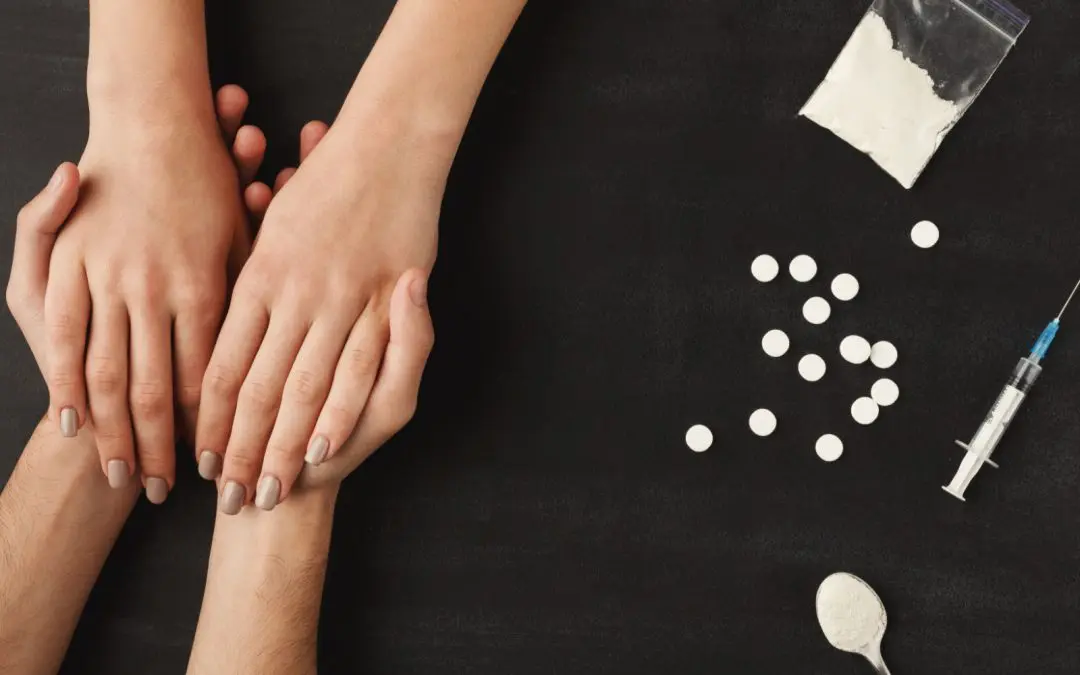
Teen Challenge International
Teen Challenge International is a private rehab located in Nashville, Tennessee. Teen Challenge Inte...

Humanity United with God for Society
Humanity United with God for Society is a private rehab located in Memphis, Tennessee. Humanity Unit...

Hickman County Mental Health Center
Hickman County Mental Health Center is a public rehab located in Centerville, Tennessee. Hickman Cou...

Recovery Strategies
Recovery Strategies is a private rehab located in Knoxville, Tennessee. Recovery Strategies speciali...

Goodwill of Tenneva Area
Goodwill of Tenneva Area is a private rehab located in Kingsport, Tennessee. Goodwill of Tenneva Are...

Guidance Center
Guidance Center is a private rehab located in Murfreesboro, TN. Guidance Center specializes in the t...

CADAS – Family Way
Council for Alcohol & Drug Abuse Services (CADAS)--Family Way, in Chattanooga, Tennessee, is a 12 st...

Agape
Agape is a private rehab located in Knoxville, Tennessee. Agape specializes in the treatment of alco...

Helen Ross McNabb Center – Gateway
Helen Ross McNabb Center - Gateway is located in Louisville, Tennessee. Helen Ross McNabb Center - G...

Camelot Care Centers – Cleveland
Camelot Care Centers – Cleveland is a private rehab located in Cleveland, Tennessee. Camelot Care Ce...

Evelyn Frye Center
Evelyn Frye Center is a private counseling cliniclocated in Nashville, Tennessee. Evelyn Frye Center...

Life Enhancement Services
Life Enhancement Services is a private rehab located in Memphis, Tennessee. Life Enhancement Service...

Appalachian Therapy Center
Appalachian Therapy Center is a private rehab located in Maryville, Tennessee. Appalachian Therapy C...

Highland Youth Center
Highland Youth Center is a private rehab located in Hohenwald, Tennessee. Highland Youth Center spec...

Pathways of Tennessee
Pathways of Tennessee is a non-profit rehab located in Union City, Tennessee. Pathways of Tennessee ...

Peninsula Behavioral Health – Outpatient
Peninsula Behavioral Health – Outpatient is a private rehab located in Maryville, Tennessee. Peninsu...

Psychological and Counseling Services
Psychological and Counseling Services is a private rehab located in Maryville, TN. Psychological and...

Focus on Functions
Focus on Functions is a private rehab located in Chattanooga, Tennessee. Focus on Functions speciali...

Health Connect America
Health Connect America is a private rehab located in Memphis, Tennessee. Health Connect America spec...

Health Connect America
Health Connect America is a private rehab located in Cookeville, Tennessee. Health Connect America s...

Fourth Dimension
Fourth Dimension is a private rehab located in Crossville, Tennessee. Fourth Dimension specializes i...

Family Life Enrichment – Child and Family Tennessee
Family Life Enrichment – Child and Family Tennessee is a private rehab located in Knoxville, Tenness...

ADC Recovery and Counseling Center
ADC Recovery and Counseling Center is a private rehab located in Memphis, Tennessee. ADC Recovery an...

Quinco Mental Health – McNairy County Center
Quinco Mental Health - McNairy County Center provides mental health and substance abuse treatment in...

Mary E Watts Recovery Center
Mary E Watts Recovery Center is a private rehab located in Newport, Tennessee. Mary E Watts Recovery...

Serenity House
Serenity House is a private rehab located in Nashville, Tennessee. Serenity House specializes in the...

Jackson Professional Associates
Jackson Professional Associates is a private rehab located in Jackson, Tennessee. Jackson Profession...

Tamb – Jackson Tennessee
Tamb – Jackson Tennessee is a private rehab located in Jackson, Tennessee. Tamb – Jackson Tennessee ...

Independent Therapy Network
Independent Therapy Network is a private rehab located in Nashville, Tennessee. Independent Therapy ...

Helen Ross McNabb Center – Loudon County
Helen Ross McNabb Center - Loudon County is located in Lenoir City, Tennessee. Helen Ross McNabb Cen...

Flatiron II Club
Flatiron II Club is a private rehab located in Knoxville, Tennessee. Flatiron II Club specializes in...

Alcohol Treatment Center
Alcohol Treatment Center is a private rehab located in Nashville, Tennessee. Alcohol Treatment Cente...

Professional Health Services of Jackson
Professional Health Services of Jackson is a private rehab located in Jackson, Tennessee. Profession...

The PathFinders
The PathFinders is a private rehab located in Gallatin, Tennessee. The PathFinders specializes in th...

Alcohol and Drug Council
Alcohol and Drug Council is a private rehab located in Nashville, Tennessee. Alcohol and Drug Counci...

Serenity Club of Oak Ridge
Serenity Club of Oak Ridge is a non-profit rehab located in Oak Ridge, Tennessee. Serenity Club of O...

Lloyd C. Elam Mental Health Center
Lloyd C. Elam Mental Health Center is located in Nashville, Tennessee. Lloyd C. Elam Mental Health C...

Chattanooga Rehabilitation
Chattanooga Rehabilitation is a private rehab located in Chattanooga, Tennessee. Chattanooga Rehabil...

Tenneessee Voices for Children
Tenneessee Voices for Children is a private rehab located in Nashville, Tennessee. Tenneessee Voices...

Baptist Rehabilitation Center
Baptist Rehabilitation Center is a private rehab located in Nashville, Tennessee. Baptist Rehabilita...

Al – Anon and Al – Ateen Family Group
Al – Anon and Al – Ateen Family Group is a non-profit rehab located in Knoxville, Tennessee. Al – An...

Mending Hearts
Mending Hearts mission is to provide shelter, hope, and healing to women who maybe homeless due to a...

Pathfinders
Pathfinders is a private rehab located in Castalian Springs, Tennessee. Pathfinders specializes in t...

Methodist Le Bonheur Family Counseling
Methodist Le Bonheur Family Counseling is a private rehab located in Jackson, Tennessee. Methodist L...

Bradford Health Services
Bradford Health Services - Dunbar Cave Road is a rehab center situated in Clarksville, Tennessee. Si...

Generations Mental Health Center
Generations Mental Health Center is a private rehab located in Tullahoma, Tennessee. Generations Men...

Baptist Industrial Rehabilitation
Baptist Industrial Rehabilitation is a private rehab located in Memphis, Tennessee. Baptist Industri...

Counseling and Counsultation Services
Counseling and Counsultation Services is a private rehab located in Kingsport, TN. Counseling and Co...

Innervention Services
Innervention Services is a private rehab located in Chattanooga, Tennessee. Innervention Services sp...

Creekside Retreat
Creekside Retreat is a private rehab located in Taft, Tennessee. Creekside Retreat specializes in th...

Next Door
Next Door is a private rehab located in Nashville, Tennessee. Next Door specializes in the treatment...

AA – Alcoholics Anonymous – Memphis
AA – Alcoholics Anonymous – Memphis is a non-profit rehab located in Memphis, Tennessee. AA – Alcoho...

Southern Tennessee Medical Center – Behavioral Health
Southern Tennessee Medical Center – Behavioral Health is a private rehab located in Winchester, Tenn...

Alcoholics Anonymous and Al – Anon
Alcoholics Anonymous and Al – Anon is a non-profit rehab located in Clarksville, Tennessee. Alcoholi...

Ameri Kare Mental Health
Ameri Kare Mental Health is a private rehab located in Lebanon, Tennessee. Ameri Kare Mental Health ...

Volunteer Behavioral Health – Johnson Mental Health Center
Volunteer Behavioral Health - Johnson Mental Health Center is located in Chattanooga, Tennessee. Vol...

Middle Tennessee Medical Center Rehabilitation Center
Middle Tennessee Medical Center Rehabilitation Center is a private rehab located in Murfreesboro, Te...

AA – Alcoholics Anonymous – Central Office
AA – Alcoholics Anonymous – Central Office is a non-profit rehab located in Nashville, Tennessee. AA...

AA – Alcoholics Anonymous – Helpline
AA – Alcoholics Anonymous – Helpline is a non-profit rehab located in Memphis, Tennessee. AA – Alcoh...

BOC Gases Rehabilitation Center
BOC Gases Rehabilitation Center is a private rehab located in Chattanooga, Tennessee. BOC Gases Reha...

New Hope Recovery Center
New Hope Healthcare in Morristown, Tennessee, is a multi disciplinary behavioral disorder and drug a...

AA – Alcoholics Anonymous
AA – Alcoholics Anonymous is a non-profit rehab located in Columbia, Tennessee. AA – Alcoholics Anon...

JourneyPure – Restoration Counseling
Athens Suboxone is a substance abuse detox rehab located in Athens, TN for men and women. It offers ...

Transitions Housing – Oakmont Circle
Transitions Housing is a private rehab located in Nashville, TN. Transitions Housing specializes in ...

Youth Town of Tennessee
Located in Pinson, Tennessee, Youth Town of Tennessee offers alcohol and drug rehab services to adol...

Ray of Hope Street Ministry
Ray of Hope Street Ministry is a private rehab located in Smithville, Tennessee. Ray of Hope Street ...

New Directions
New Directions is a drug and alcohol rehab located in Memphis, Tennessee. They provide both inpatien...

Health Connect America
Health Connect America is a private rehab located in Morristown, Tennessee. Health Connect America s...

Foundations Associates
Foundations Associates is a private rehab located in Nashville, Tennessee. Foundations Associates sp...

Lifetime Therapy Associates
Lifetime Therapy Associates is a private rehab located in Memphis, Tennessee. Lifetime Therapy Assoc...

Galaxy Star Drug Awareness
Galaxy Star Drug Awareness is a private rehab located in Nashville, Tennessee. Galaxy Star Drug Awar...

Peace at Last Ministry
Peace at Last Ministry is a private rehab located in Knoxville, Tennessee. Peace at Last Ministry sp...

Hallmark Rehabilitation Services
Hallmark Rehabilitation Services is a private rehab located in Maryville, Tennessee. Hallmark Rehabi...

Pathfinders Counseling
Pathfinders Counseling is a private rehab located in Murfreesboro, Tennessee. Pathfinders Counseling...

Cherokee Health Systems
Cherokee Health Systems is a non-profit organization that specializes in providing behavioral care a...

Health Connect America Johnson City Office
Health Connect America Johnson City Office is a private rehab located in Johnson City, Tennessee. He...
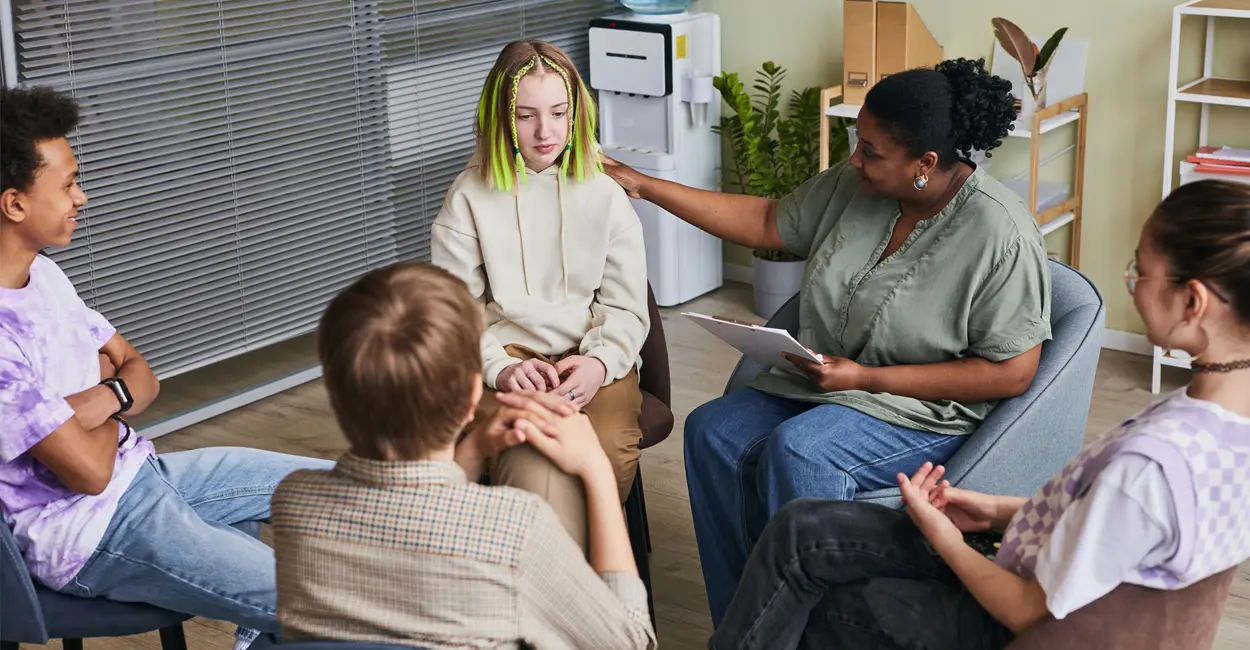
WKDA Counseling Services
WKDA Counseling Services specialized in anger management, DUI programs and alcohol and drug therapy....

Everwell
Everwell is a private rehab located in Murfreesboro, Tennessee. Everwell specializes in the treatmen...

Pathfinders Residential Treatment
Pathfinders Residential Treatment is a private rehab located in Castalian Springs, Tennessee. Pathfi...

Natchez Trace Youth Academy
Natchez Trace Youth Academy is a private rehab located in Waverly, Tennessee. Natchez Trace Youth Ac...

Talkdr Christian Counseling
Talkdr Christian Counseling is a private rehab located in Franklin, Tennessee. Talkdr Christian Coun...

Steps House
Steps House Knoxville is a drug and alcohol rehab located in Knoxville, Tennessee. They provide a re...

Connections Counseling
Connections Counseling is a private rehab located in Collierville, Tennessee. Connections Counseling...

Behavioral Health Group Memphis South
Behavioral Health Group Memphis South is a private rehab located in Memphis, Tennessee. Behavioral H...

Bechtel Gray Smith – Counseling Center
Bechtel Gray Smith – Counseling Center is a private rehab located in Chattanooga, Tennessee. Bechtel...

Saved by Grace Recovery Ministries
Saved by Grace Recovery Ministries is a private rehab located in Lawrenceburg, Tennessee. Saved by G...

All in the Family Therapy
All in the Family Therapy is a private rehab located in Knoxville, Tennessee. All in the Family Ther...

Helping Heart Counseling
Helping Heart Counseling is a private rehab located in Knoxville, Tennessee. Helping Heart Counselin...

Community Turning Point
Community Turning Point is a private rehab located in Tullahoma, Tennessee. Community Turning Point ...

Baby Love – Midtown Mental Health Center
Baby Love – Midtown Mental Health Center is a private rehab located in Memphis, Tennessee. Baby Love...

Behavioral Healthcare Center
Behavioral Healthcare Center is a private rehab located in Clarksville, Tennessee. Behavioral Health...

Frontier Health – Hancock County Mental Health Clinic
Frontier Health - Hancock County Mental Health Clinic is located in Sneedville, Tennessee. Frontier ...

AA – Alcoholics Anonymous – Blount County Group
AA – Alcoholics Anonymous – Blount County Group is a non-profit rehab located in Rockford, Tennessee...

Buffalo Valley
Buffalo Valley, Inc. provides alcohol and substance abuse treatment, including Levels I-IV residenti...

AA – Alcoholics Anonymous – Back To Basics Group
AA – Alcoholics Anonymous – Back To Basics Group is a non-profit rehab located in Oak Ridge, Tenness...

Volunteer Behavioral Health – The Guidance Center
Volunteer Behavioral Health - The Guidance Center is located in Murfreesboro, Tennessee. Volunteer B...

Tennessee Valley Healthcare System – Chattanooga VA Outpatient Clinic
Chattanooga VA Outpatient Clinic provides behavioral health services in an outpatient setting. Chatt...

Sunrise Sober Living
Sunrise Sober Living is a private rehab located in Murfreesboro, Tennessee. Sunrise Sober Living spe...

Nashville Addiction Clinic
Nashville Addiction Clinic is a private rehab located in Nashville, Tennessee. Nashville Addiction C...

Spero Health – Lenoir City
Spero Health – Lenoir City is a private rehab located in Lenoir City, Tennessee. Spero Health – Leno...

Buffalo Valley West – BVI
Buffalo Valley West - BVI is a private rehab located in Hohenwald, TN. Buffalo Valley West - BVI spe...

Volunteer Behavioral Health – Plateau Mental Health Center
Volunteer Behavioral Health – Plateau Mental Health Center is a facility in Cookeville, TN offering ...

Detox West Tennessee
Detox West Tennessee is a private detox clinic located in Memphis, Tennessee. Detox West Tennessee s...

Peninsula Behavioral Health – Outpatient
Peninsula Behavioral Health – Outpatient is a private rehab located in Lenoir City, Tennessee. Penin...

Mid South Alcohol and Drug Education Center
Mid South Alcohol and Drug Education Center is a private rehab located in Memphis, Tennessee. Mid So...

Freeman Recovery Center – Men’s Facility
Freeman Recovery Center – Men’s Facility is a private rehab located in Burns, Tennessee. Freeman Rec...

Oxford House Hilson
Oxford House Hilson is a democratically self-run residence in Nashville, Tennessee. Oxford House has...

Trauma and Addiction Recovery Center – TARC
Trauma and Addiction Recovery - TARC is a private treatment center located in Chattanooga, Tennessee...

Cross Roads
Cross Roads is an Alcoholics Anonymous fellowship of women and men who share their experience of alc...

CADAS – Adult Treatment
CADAS – Adult Treatment is a private rehab located in Chattanooga, Tennessee. CADAS – Adult Treatmen...

Spero Health – Clarksville
Spero Health – Clarksville is a private rehab located in Clarksville, Tennessee. Spero Health – Clar...

Buffalo Valley
Buffalo Valley Lewisburg is a drug and alcohol rehab center located in Lewisburg, Tennessee. They pr...

Youth Counseling Services
Youth Counseling Services is a private rehab located in Cleveland, Tennessee. Youth Counseling Servi...

Health Connect America
Health Connect America is a private rehab located in Nashville, Tennessee. Health Connect America sp...

Threshold Recovery
Threshold Recovery is a private rehab located in Murfreesboro, Tennessee. Threshold Recovery special...

Hope of Tennessee
Hope of Tennessee is a private rehab located in Oak Ridge, Tennessee. Hope of Tennessee specializes ...

Memphis Rehabilitation Center
Memphis Rehabilitation Center is a private rehab located in Memphis, Tennessee. Memphis Rehabilitati...

Freeman Recovery Center
Freeman Recovery Center, in Dickson, Tennessee, is a luxury, 12 step-focused drug and alcohol rehab ...

ACT Wellness Center Murfreesboro
ACT Wellness Center Murfreesboro is a private rehab located in Murfreesboro, Tennessee. ACT Wellness...

JourneyPure – Knoxville Outpatient and Suboxone Clinic
If you’re looking for help that actually helps you, you’re in the right place. JourneyPure is the be...

Addiction Campuses – Spring 2 Life
Addiction Campuses – Spring 2 Life is a private rehab located in Murfreesboro, Tennessee. Addiction ...

Health Connect America
Health Connect America is a private rehab located in Jackson, Tennessee. Health Connect America spec...

JourneyPure – Serenity Network
JourneyPure - Serenity Network offers a 21-28 day detox and inpatient program, an organization dedic...

Psychiatric Services of Racine
Psychiatric Services of Racine is a private rehab located in Columbia, Tennessee. Psychiatric Servic...

White Stone Recovery Center
White Stone Recovery Center is a private rehab located in Nashville, Tennessee. White Stone Recovery...

Carey Counseling Center – Union City
Carey Counseling Center – Union City is a private rehab located in Union City, Tennessee. Carey Coun...

Sober Doctor
Sober Doctor is a private rehab located in Knoxville, Tennessee. Sober Doctor specializes in the tre...

Life Changers Outreach – Women’s Center Tennesse
Life Changers Outreach–Women’s Center Tennessee is a faith-based drug and alcohol rehab for adolesce...

New Life Counseling Center
New Life Counseling Center is a private rehab located in Nashville, Tennessee. New Life Counseling C...

Integrative Health Centers
Integrative Health Centers is a private rehab located in Nashville, Tennessee. Integrative Health Ce...

Life Changers Outreach – Tennessee Men Center
Life Changers Outreach – Tennessee Men Center, located in Kodak, Tennessee, is a one year disciplesh...

Life Strategies Counseling
Life Strategies Counseling is a private rehab located in Memphis, Tennessee. Life Strategies Counsel...

Springview Recovery Center
Springview Recovery Center is a private rehab located in Chattanooga, Tennessee. Springview Recovery...

Freeman Recovery Center – Main Office
Freeman Recovery Center – Main Office is a private rehab located in Dickson, Tennessee. Freeman Reco...

Church of Salvation – New Canaan Ranch
Church of Salvation - New Canaan Ranch, located in Pulaski, Tennessee, aims to help men of all races...

Santee – Wateree Mental Health Center
Santee – Wateree Mental Health Center is a private rehab located in White Pine, Tennessee. Santee – ...

Crossroads Integrated Health Services
Crossroads Integrated Health Services is a private rehab located in Morristown, Tennessee. Crossroad...

Frontier Health – Crisis Stabilization Unit
Frontier Health- Crisis stabilization unit, offers acute crisis services in Johnson City, Tennessee....

JourneyPure – Serenity Network
JourneyPure - Serenity Network offers Intensive Outpatient and Partial Hospitalization Programs. Jou...

Hope Center Ministries – McEwen Women’s Center
Hope Center Ministries - Women's Center is a rehab facility, specializes in the treatment of alcohol...

Clarksville Family Guidance Center
Clarksville Family Guidance Center is a private rehab located in Clarksville, Tennessee. Clarksville...

WestCare – Harriman Office
WestCare is an outpatient clinic that provides substance abuse and mental health services for adults...

Detox Nashville
Detox Nashville is a private rehab located in Madison, Tennessee. Detox Nashville specializes in the...

AA – Alcoholics Anonymous
AA – Alcoholics Anonymous is a non-profit rehab located in Chattanooga, Tennessee. AA – Alcoholics A...

Pathways Dyer County Office
Pathways Dyer County Office is a private rehab located in Dyersburg, Tennessee. Pathways Dyer County...

AA – Alcoholics Anonymous
AA – Alcoholics Anonymous is a non-profit rehab located in Sevierville, Tennessee. AA – Alcoholics A...

Baptist Rehab Centers
Baptist Rehab Centers is a private rehab located in Nashville, Tennessee. Baptist Rehab Centers spec...

Lighthouse Counseling and Mental Health Services
Lighthouse Counseling and Mental Health Services is a private rehab located in Murfreesboro, Tenness...

Pastoral Counseling Center
Pastoral Counseling Center is a private rehab located in Clarksville, Tennessee. Pastoral Counseling...

Fortwood Mental Health Center – Child Services
Fortwood Mental Health Center – Child Services is a private rehab located in Chattanooga, Tennessee....

CAAP – Cocaine and Alcohol Awareness Program
CAAP provides high quality behavioral health and co-occurring mental health services for those who a...

Whitehaven Mental Health Center – Drug and Alcohol Abuse
Whitehaven Mental Health Center – Drug and Alcohol Abuse is a private rehab located in Memphis, Tenn...

Renewal House
Renewal House is a private rehab located in Nashville, Tennessee. Renewal House specializes in the t...

180 Degrees Ministries
180 Degrees Ministries is a non-profit rehab located in Murfreesboro, TN. 180 Degrees Ministries spe...

Urban Family Ministries
Urban Family Ministries is a private rehab located in Memphis, Tennessee. Urban Family Ministries sp...

Alcohol and Chemical Abuse Rehabilitation Center
Alcohol and Chemical Abuse Rehabilitation Center is a private rehab located in Memphis, Tennessee. A...

Volunteer Behavioral Health – Cumberland Mountain Mental Health Center
Volunteer Behavioral Health - Cumberland Mountain Mental Health Center is located in Crossville, Ten...

Co Dependents Anonymous
Co Dependents Anonymous is a non-profit rehab located in Nashville, Tennessee. Co Dependents Anonymo...

Grace House – Halfway House
Grace House - Halfway House is located in Memphis, Tennessee. Grace House - Halfway House is a treat...

PCS – Dyersburg Center
PCS - Dyersburg Center provides a wide range of traditional outpatient mental health services to tee...

AA – Alcoholics Anonymous
AA – Alcoholics Anonymous is a non-profit rehab located in Lewisburg, Tennessee. AA – Alcoholics Ano...

Frontier Health – Crossing Point
Frontier Health - Crossing Point is located in Bluff City, Tennessee. Frontier Health - Crossing Poi...

Frontier Health – Link House
Frontier Health - Link House is located in Kingsport, Tennessee. Frontier Health - Link House is a G...

Helen Ross McNabb Center – Anderson County
Helen Ross McNabb Center - Anderson County is located in Oak Ridge, Tennessee. Helen Ross McNabb Cen...

Helen Ross McNabb Center – Blount County Community Enrichment Annex
Helen Ross McNabb Center - Blount County Community Enrichment Annex is located in Maryville, Tenness...









